© ROOT-NATION.com - Use of content is permitted with a backlink.
In mid-February, the famous Xiaomi company announced the tenth, anniversary generation of the flagship Mi lineup. Formally it’s the ninth, because they missed Mi 7, but since Xiaomi rolled out two flagships at once, it turns out yes, there are already a dozen of those devices (if you do not take into account Lite, S or T prefixes). And now, a month after the announcement, I got my hands on the “senior” model, Xiaomi Mi 10 Pro.
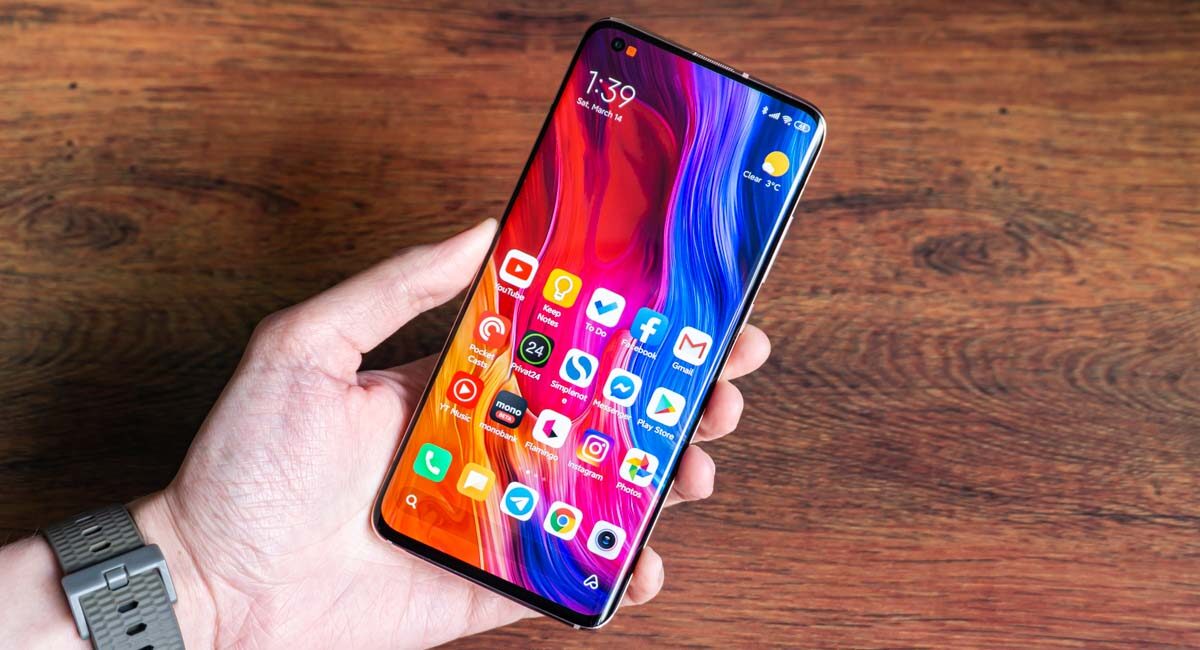
Price and positioning
| NETWORK | Technology | GSM / HSPA / LTE / 5G |
|---|
| LAUNCH | Announced | 2020, February 13 |
|---|---|---|
| Status | Available. Released 2020, February 18 |
| BODY | Dimensions | 162.6 x 74.8 x 9 mm (6.40 x 2.94 x 0.35 in) |
|---|---|---|
| Weight | 208 g (7.34 oz) | |
| Build | Glass front (Gorilla Glass 5), glass back, aluminum frame | |
| SIM | Dual SIM (Nano-SIM, dual stand-by) |
| DISPLAY | Type | Super AMOLED capacitive touchscreen, 16M colors |
|---|---|---|
| Size | 6.67 inches, 109.2 cm2 (~89.8% screen-to-body ratio) | |
| Resolution | 1080 x 2340 pixels, 19.5:9 ratio (~386 ppi density) | |
| Protection | Corning Gorilla Glass 5 | |
| DCI-P3 HDR10+ 90Hz 180Hz touch-sensing 500 nits typ. brightness (advertised) |
| PLATFORM | OS | Android 10.0; MIUI 11 |
|---|---|---|
| Chipset | Qualcomm SM8250 Snapdragon 865 (7 nm+) | |
| CPU | Octa-core (1×2.84 GHz Kryo 585 & 3×2.42 GHz Kryo 585 & 4×1.80 GHz Kryo 585) | |
| GPU | Adreno 650 |
| MEMORY | Card slot | No |
|---|---|---|
| Internal | 256GB 8GB RAM, 256GB 12GB RAM, 512GB 12GB RAM | |
| UFS 3.0 |
| MAIN CAMERA | Quad | 108 MP, f/1.7, (wide), 1/1.33″, 0.8µm, PDAF, Laser AF, OIS 8 MP, f/2.0, (telephoto), 1.0µm, PDAF, Laser AF, OIS, 10x hybrid optical zoom 12 MP, f/2.0, (portrait), 1/2.55″, 1.4µm, dual pixel PDAF, 2x optical zoom 20 MP, f/2.2, 13mm (ultrawide) |
|---|---|---|
| Features | Triple-LED dual-tone flash, HDR, panorama | |
| Video | 4320p@30fps, 2160p@30/60fps, 1080p@30/60/120/240/960fps; gyro-EIS |
| SELFIE CAMERA | Single | 20 MP, f/2.0, (wide), 1/3″, 0.9µm |
|---|---|---|
| Features | HDR | |
| Video | 1080p@30fps, 720p@120fps |
| SOUND | Loudspeaker | Yes, with stereo speakers |
|---|---|---|
| 3.5mm jack | No | |
| 24-bit/192kHz audio |
| COMMS | WLAN | Wi-Fi 802.11 a/b/g/n/ac/ax, dual-band, Wi-Fi Direct, DLNA, hotspot |
|---|---|---|
| Bluetooth | 5.1, A2DP, LE, aptX HD, aptX Adaptive | |
| GPS | Yes, with dual-band A-GPS, GLONASS, BDS, GALILEO, QZSS | |
| NFC | Yes | |
| Infrared port | Yes | |
| Radio | No | |
| USB | 2.0, Type-C 1.0 reversible connector, USB On-The-Go |
| FEATURES | Sensors | Fingerprint (under display, optical), accelerometer, gyro, proximity, compass, barometer |
|---|
| BATTERY | Non-removable Li-Po 4500 mAh battery | |
|---|---|---|
| Charging | Fast charging 50W Power Delivery 3.0 Fast wireless charging 30W Power bank/Reverse wireless charging 5W |
Price and positioning
The global version of the smartphone at the time of preparation of the review has not yet been released. Therefore, this material is based on the Chinese Xiaomi Mi 10 Pro. It is difficult to purchase if you do not live in China, and in light of recent events, delivering to other countries becomes a problem.
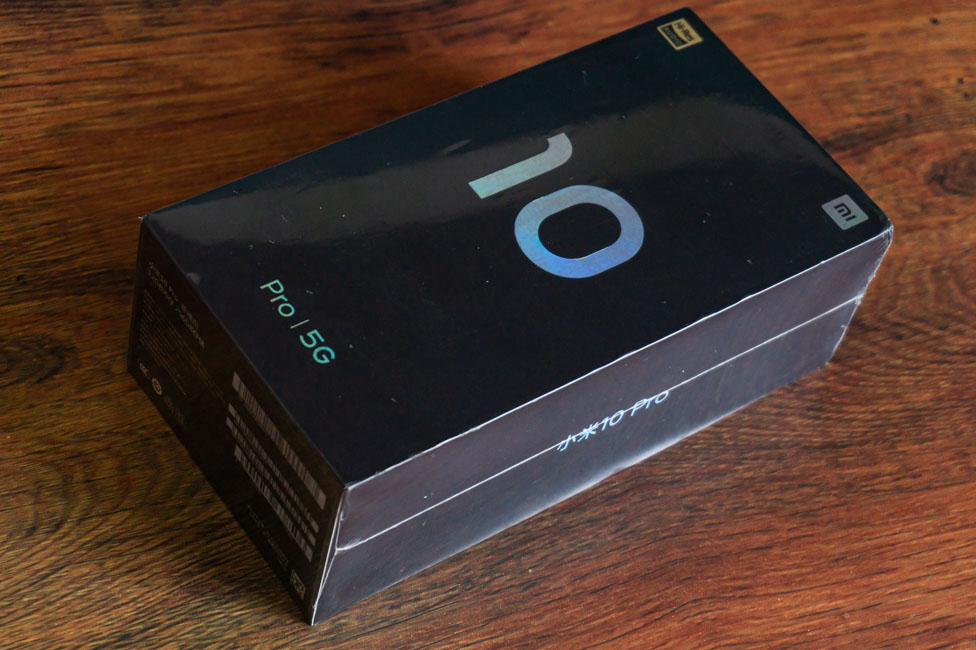
With Xiaomi Mi 10 and Mi 10 Pro, the company dramatically changed the pricing policy of its flagships – they cost much more if we compare the prices with previous generations. At home, Mi 10 Pro is priced at $716 for the base version (8/256 GB), $787 for the average (12/256 GB) and $859 for the top (12/512 GB). My model has 8 GB of RAM and 256 GB of storage.
Read also: Xiaomi flagship evolution: Let’s remember all smartphones in the Mi lineup
What’s in the box
Xiaomi Mi 10 Pro comes in a black cardboard box, but everything is white inside. So, inside we have Xiaomi Mi 10 Pro (also in white), a large power adapter for as much as 65 W (!), A USB/Type-C cable, an adapter from Type-C to 3.5 mm, a SIM card eject tool , a transparent case with rubberized ends and a plastic back panel, as well as documentation.
Design, materials and build quality
Xiaomi Mi 10 Pro is an undeniably stylish smartphone. Maybe it’s not unique, but still there is something noble in it, something of a flagship quality. I couldn’t say the same about Mi 9. The latter at one time looked… like everyone else. Well, the truth is, the device did not offer anything remarkable at all. A tear-shaped notch and oblong block with cameras? How many dozens of smartphones fell into this description? I will not count, but obviously not one or two.
The teardrop-shaped notch with the camera has disappeared (good riddance) and now we have a hole in the upper corner on the left. All together with rounded corners and curved edges of the display it very much resembles the smartphones of one well-known Korean manufacturer. Perfectionists will say that the camera should be shifted to the center, but then it will look even more similar to Samsung Galaxy. Now it looks both modern and original.
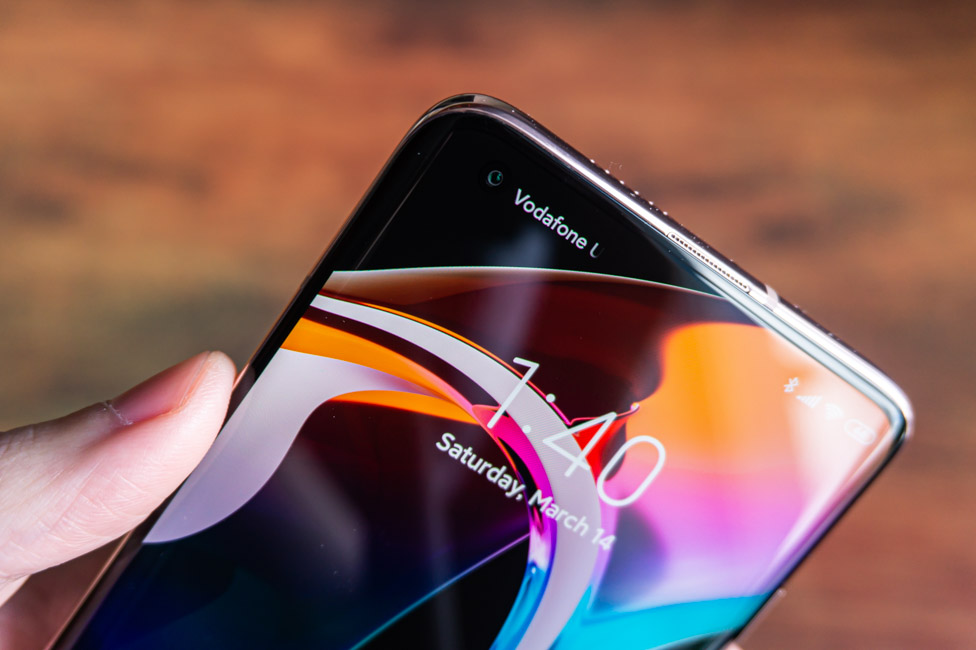
But on the back side, suddenly, there is no square or rectangular block of cameras. This is surprising for Xiaomi. They always picked up such trends very quickly, but here we have a classic vertical module and another separate camera under it, like in Xiaomi Mi Note 10 or even earlier in Huawei P20 Pro. So what, they copied themselves? Oh well.
The front and back panels are covered with tempered Corning Gorilla Glass 5, with only one difference – behind the glass is matte. However, it’s still slippery and it is difficult to use the device without a case – it just wants to slip out of hand.
A bundled case comes in handy, although I do not like it. But for a first time it will do.
Along the perimeter, the smartphone is enclosed in an aluminum frame. In our case, in unobtrusive golden color, like the rims around the cameras. The back is white with a pearly shimmer and depending on how light falls on it, it will shimmer from a slightly bluish or even turquoise to a reddish tint.
Officially, moisture protection is missing, and smartphones did not receive certification according to the IP standard. But the card slot is still protected by a rubberized seal. Of course, I did not check it – too risky.
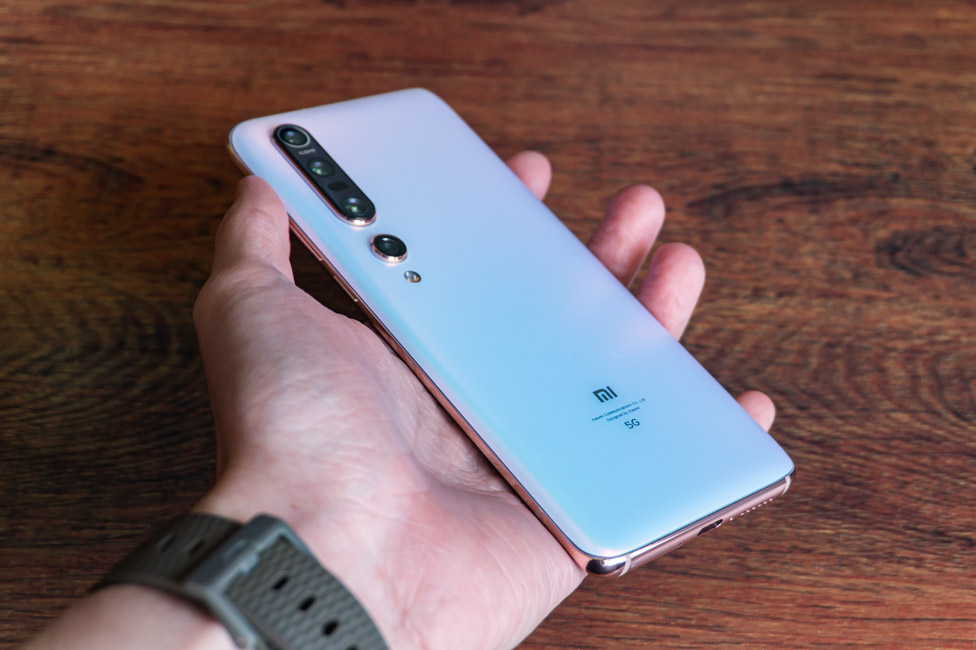
Element configuration
On the top there’s a speaker, light and proximity sensors, a front camera in the corner. The lower area did not receive any additional elements, not even an LED for notifications.
On the edge on the right is the power button and volume key. On the left, it’s absolutely empty, except for the antennas.
The bottom end got a multimedia speaker and microphone, Type-C port for some reason is not centered, but shifted slightly down. Do I smell Samsung? And there is a slot for two SIM cards, without the ability to put a microSD memory card.
Above is a second multimedia speaker, a second microphone, and an infrared port for controlling household appliances. An interesting solution with a second speaker, and yes, finally we have stereo in the flagship. The long wait is finally over…
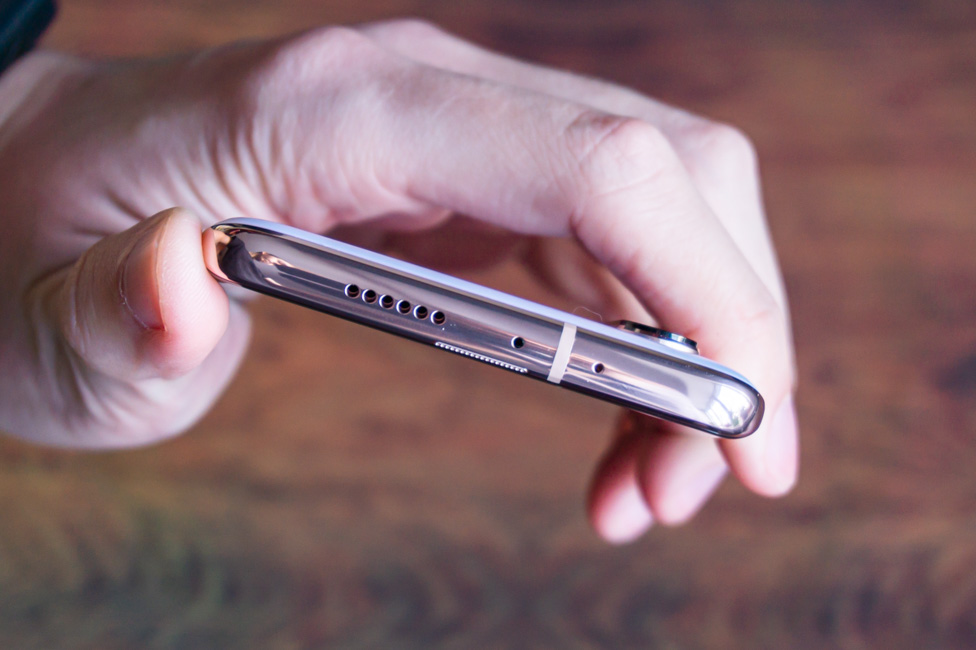
The rear panel contains a protruding module with three cameras and laser focus sensors. Below is a separate eye of the fourth camera, and below it is a flash. In the center of the lid at the bottom is the Mi badge, a few inscriptions and a proud 5G label.
Ergonomics
It is interesting that the diagonal of the display and, accordingly, the dimensions of the case have grown and become even larger than Xiaomi Mi Note 10, which is slightly unusual for the Mi line. The dimensions are: 162.6 × 74.8 × 9 mm, and weight is 208 grams. Nevertheless, ergonomy-wise I like Mi 10 Pro more than Mi Note 10. It is more streamlined, 0.7 mm thinner and overall it is more pleasant to hold it in your hand.
But some issues remained. Again, a dedicated camera interferes when you hold the smartphone vertically, and especially in your left hand. Almost always, the module is covered by the palm of your hand and during shooting in a vertical format, it makes sense. The pedestal with three cameras sticks out strongly, so without a cover it’ll be hard to use the device on the table.
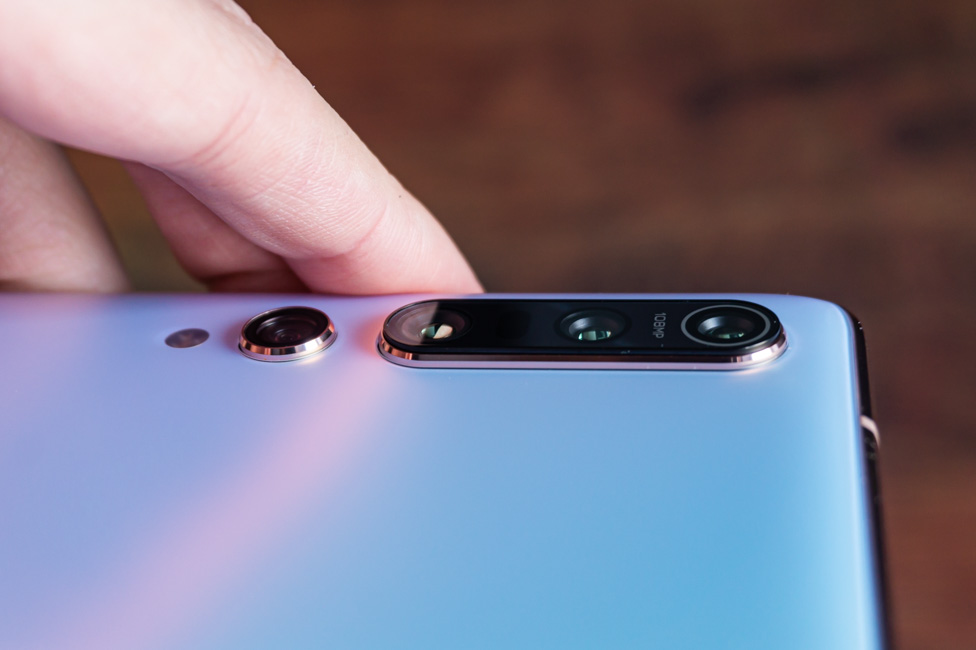
Plus – the already mentioned slippery case. You can’t control much with one hand, but most things can be done, and the buttons are placed at a good height. There are no false touches.
Xiaomi Mi 10 Pro Display
Xiaomi Mi 10 Pro has a 6.67″ display with Super AMOLED matrix, Full HD+ resolution (2340 × 1080 pixels). The aspect ratio is 19.5:9, and the pixel density is 386 ppi. Color gamut, according to the manufacturer, is DCI-P3. The screen supports HDR10+ and 90 Hz refresh rate, and the response is stated at 180 Hz.
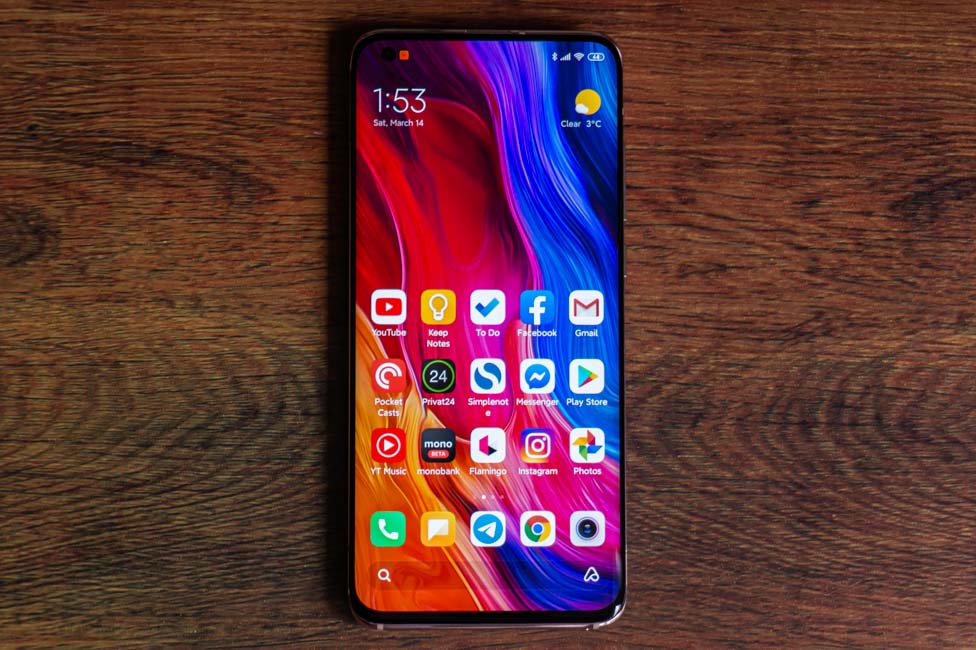
Now, the matrix quality is excellent. The backlight brightness is enough for most situations, the viewing angles are wide. There are distortions at the bends, obviously, but they are not particularly noticeable. It seems to be even less striking than Mi Note 10.
Screen refresh rate is 90 Hz. Yes, on the one hand, it’s not 120 Hz, but still, returning to the display with a frequency of 60 Hz is difficult,
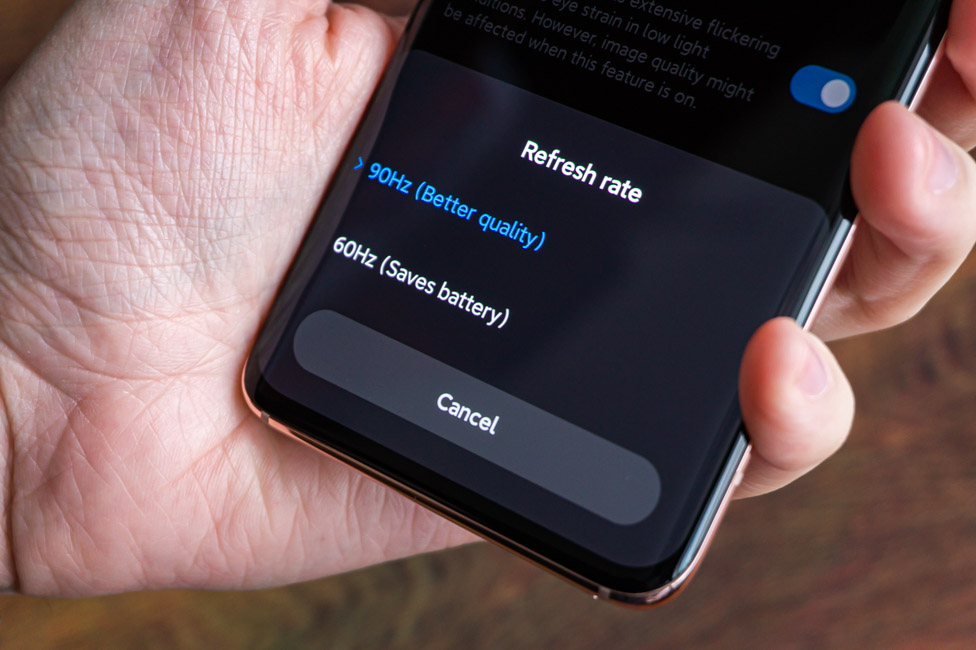
In the matter of color rendering, this smartphone can satisfy any user. Why? Because the settings here abundant. To the pre-existing three color rendering modes (auto, saturated, normal), they also added advanced settings. In the latter, you can select one of four color schemes, including sRGB and DCI-P3 display modes. There are fine-tuning RGB sliders, hue, saturation and contrast. In general, it’s hard to even imagine who will need more fine-tuning.
There is also a DC dimming flicker reduction feature, so you don’t have to worry about PWM if the modulation has any negative effect on you. And there is also an Always-On Display with dozens of watchfaces and wide customization. You can enable different fillings of the upper area, if the embedded camera is not to your liking.
Xiaomi Mi 10 Pro Performance
Like any previous flagship from Xiaomi, the smartphone is equipped with a powerful platform manufactured by Qualcomm. So, in Mi 10 Pro, the latest Qualcomm Snapdragon 865 platform is installed. It is manufactured according to 7-nm standards, 8-core and includes three clusters: 1 Kryo 585 core with a maximum clock speed of up to 2.84 GHz, 3 more Kryo 585 cores with a clock frequency of 2.42 GHz and 4 cores Kryo 585 with a frequency of 1.8 GHz. Graphics processing is assigned to the Adreno 650 accelerator.
In synthetic tests, the results are amazing, but throttling is present. I think Xiaomi knew about this, because it was not for nothing that they rolled out an external cooler, which can be bought separately and which, supposedly, can lower the temperature by 10°С.

The amount of RAM can be 8 or 12 GB depending on the configuration, but the type in all versions is the same – the latest LPDDR5. I had a version with 12 GB in my testing and I don’t even know if it’s worth describing how much data you can store in the background and how quickly the smartphone switches between apps. No issues here whatsoever. Well, except that the MIUI shell itself decides to “nail” some process. But for me it has always been stable, with 7 GB free at any time. I think that users of the 8 GB RAM version will also not be limited in any way. Still, this is a smartphone, not a workstation.

The storage is UFS 3.0 (256 or 512 GB). My smartphone has a capacity of 256 GB, of which 226.17 GB are available to the user. Only you can’t put a memory card here, but there is hardly the need for it. If you do need more, then the 512 GB option is for you.
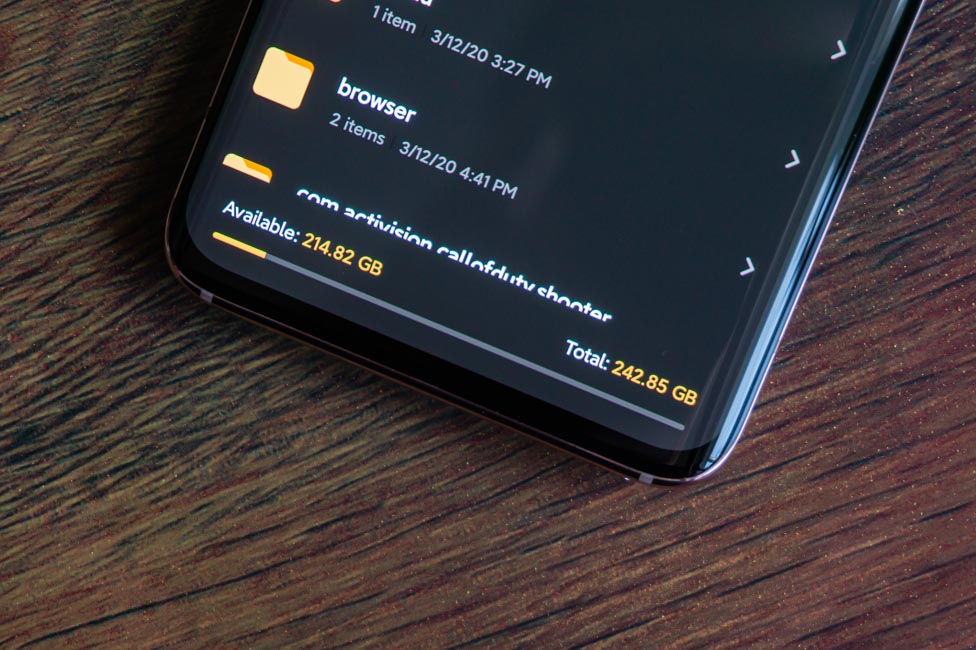
The smartphone works just fine: quickly, smoothly, and instantly it performs all the tasks you throw at it. Once again, no issues. With games, too, everything is fine, but not perfect. Heavy projects on the maximum settings run on 60 FPS and even higher, since some developers remember 90 Hz screens.
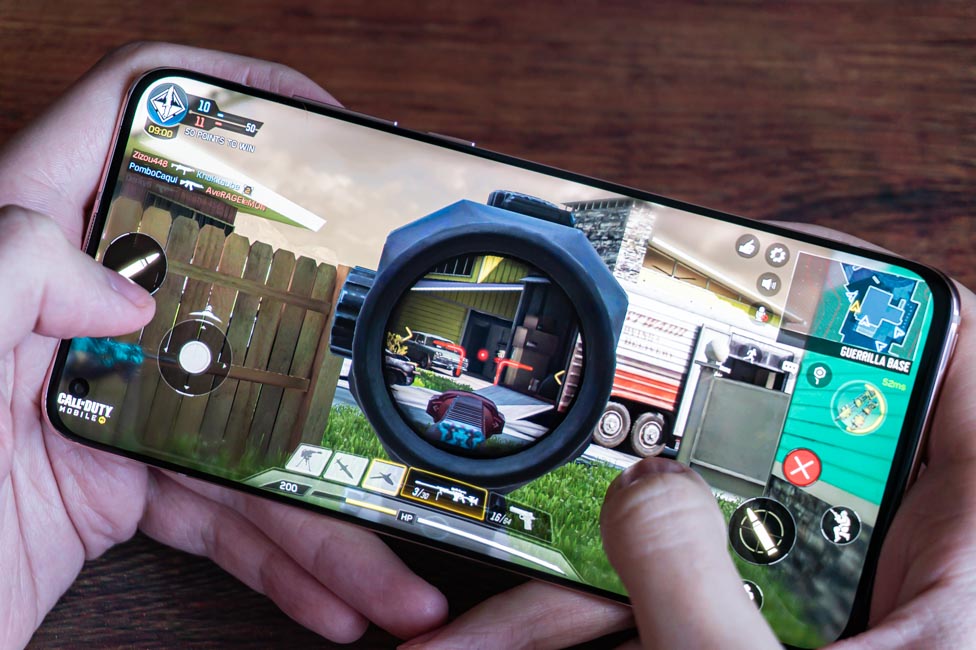
I like the fact that Mi 10 Pro supports high-frequency not only in the shell but also in the applications. Unlike Samsung Galaxy S20 Ultra, where in games the frequency is limited to the usual 60 Hz. But at the same time, in special cases you can expect around 40 fps for a very demanding game or some kind of Royal Battle.
- PUBG Mobile – maximum graphics settings with smoothing and shadows, an average of 40 FPS
- Shadowgun Legends – ultra-graphics, an average of 71 FPS
- Call of Duty Mobile – very high, all effects are included, the “Battlefront” mode is ~ 60 FPS; Battle Royale – ~ 40 FPS
- Tacticool – “Super” graphics, average of 90 FPS
Xiaomi Mi 10 Pro Cameras
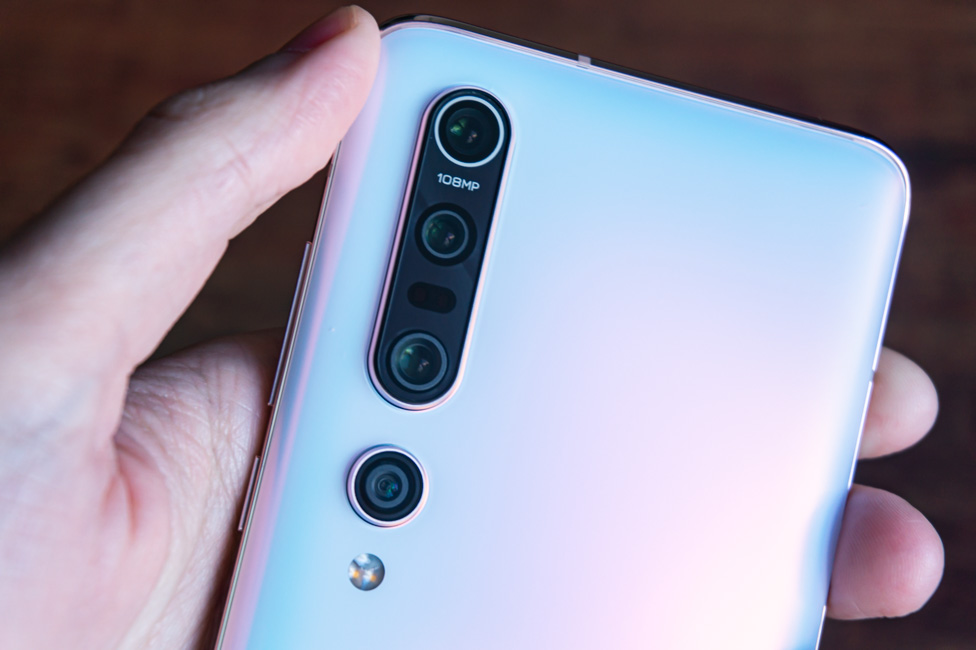
The set of cameras on the back side differs from those in the usual Mi 10. In the Pro version there are four cameras in the main unit: the main one is 108 megapixels, a 8 megapixel telephoto with 5x optical zoom and 10x hybrid, another telephoto, which is called the portrait lens, 12 megapixels with a 2x zoom, as well as a 20 megapixel super-wide with a 123° viewing angle. Here are the details:
- 108 MP, f/1.7, (wide), 1/1.33″, 0.8µm, PDAF, Laser AF, OIS
- 8 MP, f/2.0, (telephoto), 1.0µm, PDAF, Laser AF, OIS, 10x hybrid optical zoom
- 12 MP, f/2.0, (portrait), 1/2.55″, 1.4µm, dual pixel PDAF, 2x optical zoom
- 20 MP, f/2.2, 13mm, 123° (ultrawide)
The main camera takes a default 25 megapixels photos; good luck differentiating between 108 and 25 megapixel photos at daylight, basically overall details are what’s different, and that’s it. But to say that the difference is huge would be a lie. Evening photos in terms of detail is better at 108 megapixels and the pictures are a bit lighter, however it does not always look nicer and instead of normally designed lamp posts, you can get just a white spot. In short, the most universal way of shooting is in a standard 25 megapixel resolution. The quality is fine in any conditions.
PHOTOS IN FULL RESOLUTION (25 MP AND 108 MP)
You can shot video in 4K at 60 FPS, and 8K at 30. The results nice, there is stabilization, but of course 8K is not suitable for everything, but 4K on the contrary, can be used always and everywhere.
The super wide module here is very pleasant both for shooting during the day on the street, and in a room with normal lighting. I even liked it more than the ultra-wide angle in Galaxy S20 Ultra, because it has higher sharpening, as well as autofocus, which allows you to snap not only landscapes, but also objects close to the camera. But in regard to night shooting, here, alas, everything is bad as before. Video on this camera can be recorded at 4K and 60 FPS, the quality is not bad, there are no problems with autofocus.
PHOTOS IN FULL RESOLUTION FROM AN ULTRA-WIDE LENS
And this also opens up an additional opportunity – macro photography. Yes, there is a dedicated macro camera only in standard Mi 10, but in the Pro version the macro is implemented by digital zoom from the super wide module and you can also shoot at a distance of two centimeters, and it even looks pretty good.
PHOTO IN FULL RESOLUTION IN MACRO MODE
Let’s talk about the double zoom. The pictures are in normal quality, but it must be clarified that the physical telephoto camera is works only in excellent lighting conditions, and if you shoot something indoors or in the evening, then digital zoom from the main module will be activated. Alternatively, switch to pro-mode and select the desired module there forcibly. But it’s not worth it, most often the difference will be noticeable in favor of digital zoom, if we are talking about a photo indoors or in low light. The phone can’t handle night life.
PHOTO IN FULL RESOLUTION WITH 2X ZOOM
The logic of the 5x zoom is the same – it will automatically turn on only in excellent conditions, in other versions the digital mode will again be used. Nevertheless, this module can also be used during the day, but the claimed 10x hybrid zoom did not impress me at all, and of course the digital zoom over 10x is not worth talking about. The telephoto can’t record video by itself.
PHOTO IN FULL RESOLUTION WITH 5X ZOOM
The front camera in the smartphone is 20 megapixels (f/2.3) and in conditions with enough light, it shows itself well. Selfies have normal natural color reproduction, but as soon as the environment changes to a little less light, pictures get blurry, plus there will be noise and low overall detail.
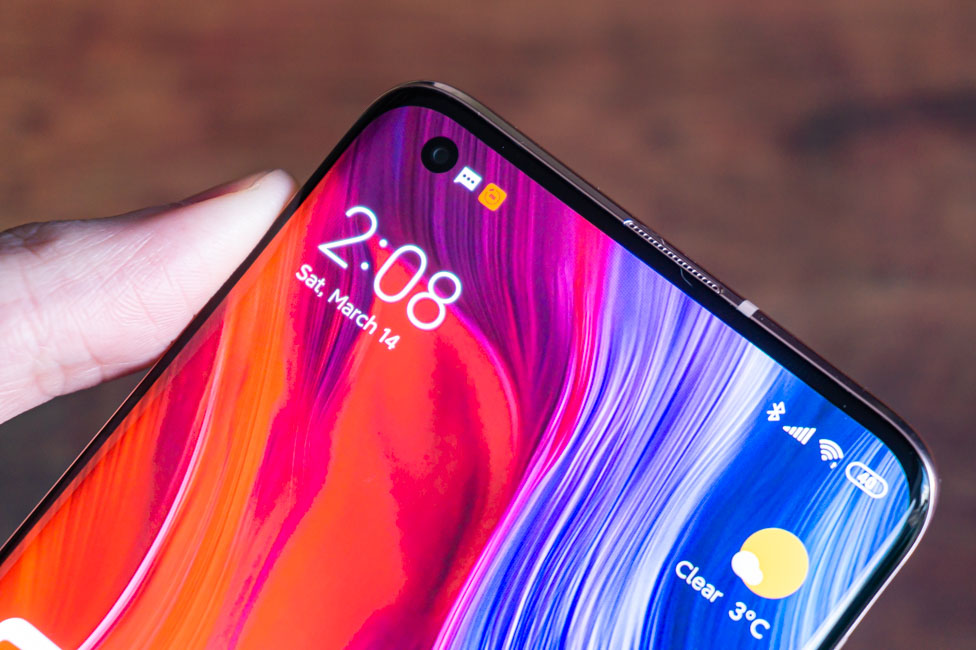
This camera does not have autofocus, and the video is only Full HD at 30 FPS, which is not serious. But who knows, maybe with updates it will be possible to choose a higher resolution or at least add 60 frames.
The camera application is great, it really is “Pro”. A whole bunch of settings are available in manual mode for both photos and videos. LOG for video, RAW for photo, Focus Peaking and other similar things, Mimoji and many more. It’s beautification tools are better than most plastic surgeons.
Unlocking methods
An optical fingerprint scanner is located under the display, and like all scanners of this type, when you put your finger on it, it will be additionally highlighted. In Xiaomi Mi 10 Pro, the sensor works well. It’s quick and stable, in comparison with other scanners of the same type. Although you have to hold your finger in the designated area a little longer than with the ultrasound scanner of Samsung Galaxy S20 Ultra.
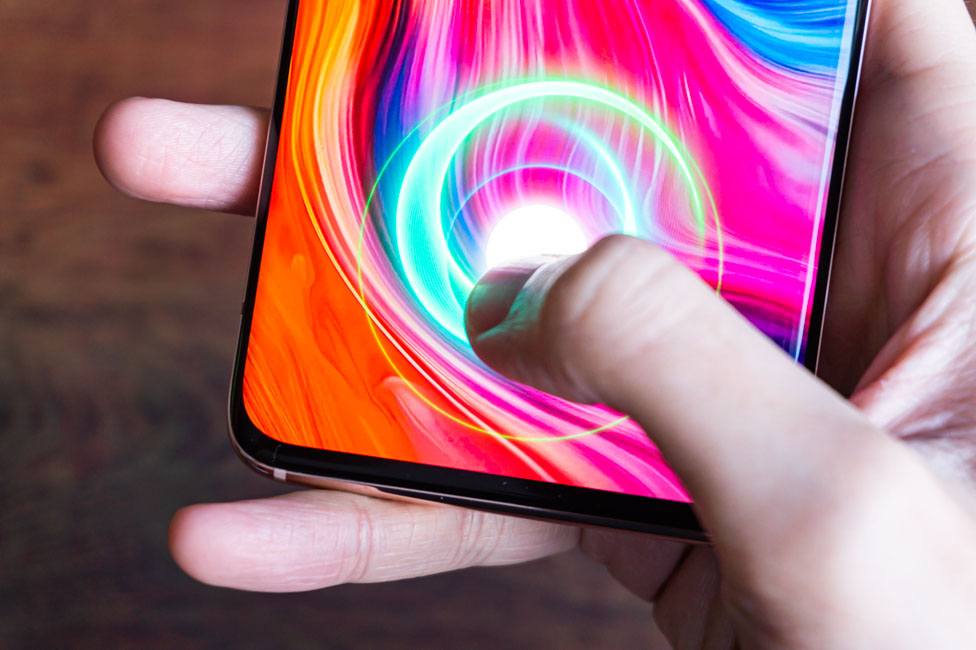
Unlocking by face recognition is also available here, and as the manufacturer indicates this is a 2D scan. Expected, since there’s no notch, only the front camera in the upper left corner. The method works as good as the scanner, if you use it in a place with enough light. Sometimes is blazingly fast.
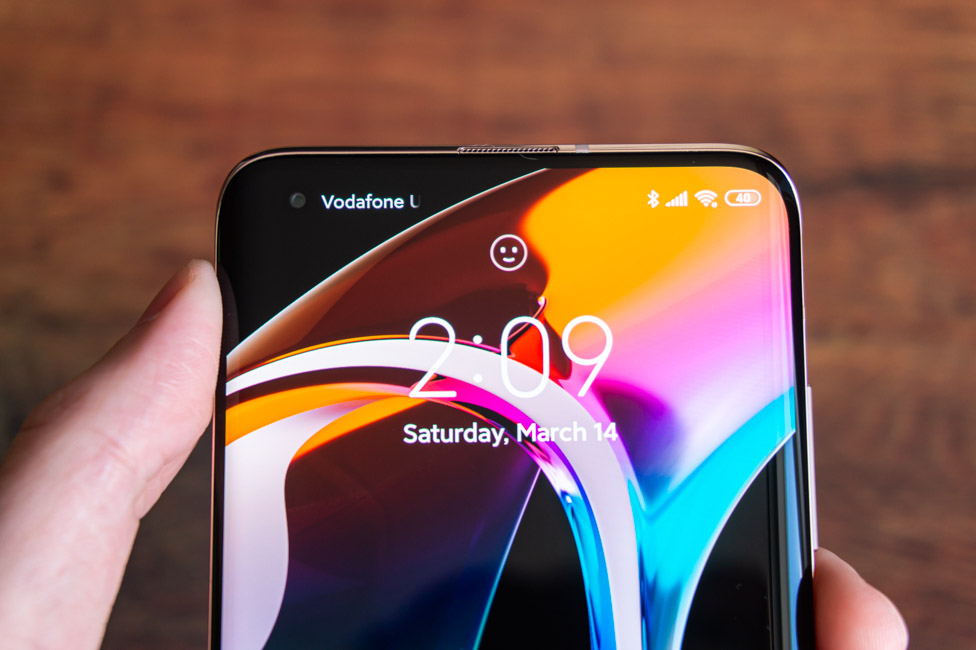
This does not happen in absolutely complete darkness, because the brightness of the screen will not automatically increase. But in fairness, if there is at least some kind of light source in the dark room, like a TV, then most likely the method will also work, just not instantly.
Xiaomi Mi 10 Pro battery life
Inside Mi 10 Pro we find a 4,500 mAh battery, which is enough to provide a full working day of all kinds of activities on the smartphone, and for those users who are used to working with the device in a slightly more sparing mode with minimal use of cameras and games there will be enough power for two days.
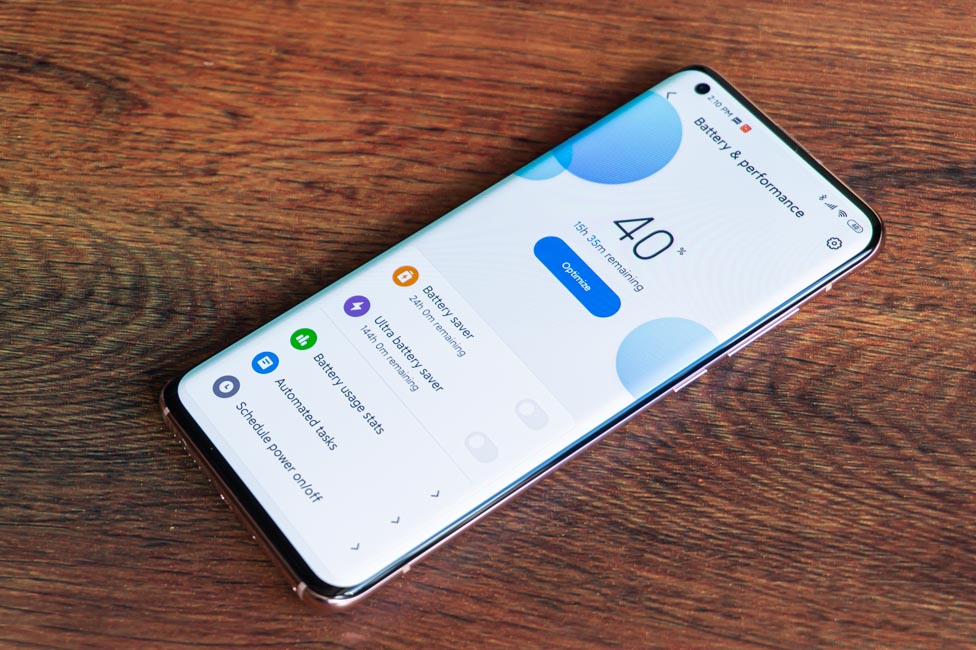
On average, I managed to squeeze out 7-8 hours with games and a camera. I was quite satisfied with the result, but I was even more satisfied, or rather surprised, with charging speed from the bundled charger, which is comparable in power to some ultrabooks.
You can recharge your smartphone by 90% in 40 minutes! Forgot to charge your phone in the evening? No problem, you’ll have enough time in the morning.
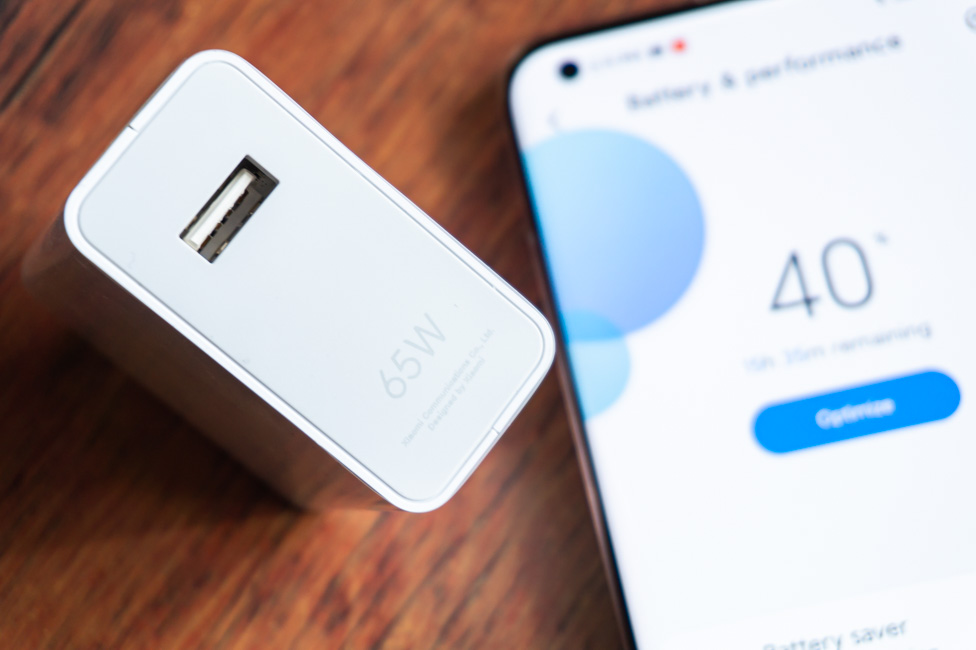
20 minutes is enough to recharge the smartphone for at least the half of the day, or even until the evening.
- 00:00 — 2%
- 00:10 — 35%
- 00:20 — 61%
- 00:30 — 82%
- 00:40 — 93%
And if you have a powerful wireless charging station, you do not need to connect a cable, because Xiaomi Mi 10 Pro is capable of receiving some incredible 30 watts by wireless. It can also share with other devices, since there is also reverse wireless charging, but it’s weak – only 10 watts.
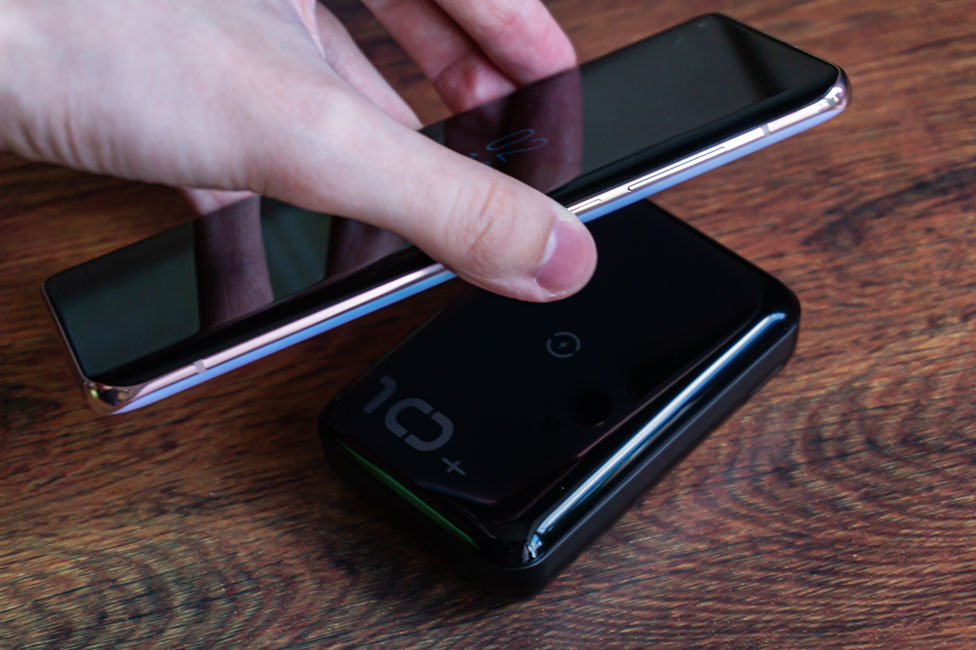
In any case, the presence of such a feature is a nice bonus. For example, you can charge your wireless headphones with the help of the phone.
Sound and communication
The speaker is great, and that’s all you need to know about it. Moving on to something more interesting, multimedia speakers. Another speaker at the top end affects the overall sound in the most positive way: the sound is loud, detailed, you can even feel a relatively punchy bass. In general, the sound is very good.
In headphones, everything is fine too, there are various effects and an equalizer, but most of them only work with wired headphones, which will have to be connected via the Type-C connector, because 3.5 mm is once again absent.
And also, in addition to good sound, the smartphone has high-quality vibration feedback. I had no desire to turn it off, as is the case with some other Xiaomi models. It’s great! Although Galaxy S20 Ultra is even more pleasant in that regard. However, for Xiaomi, such progress is a plus, I hope a similar solution will move to the segment of more affordable smartphones.
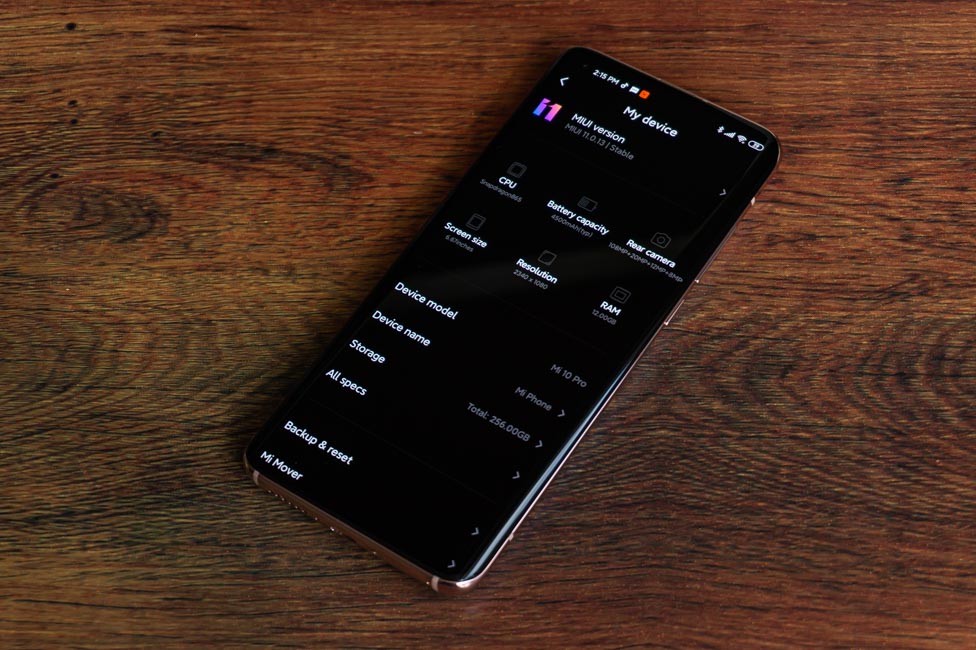
On the communication modules, Mi 10 Pro is stuffed. The only thing that’s missing is eSIM. There is support for 5G networks, thanks to the optional Snapdragon X55 5G modem, and the current Wi-Fi 6, and Bluetooth – version 5.1. There’s no need to talk about GPS (A-GPS, GLONASS, BDS, GALILEO, QZSS) or an NFC module – everything is there and it works as it should, even Google Pay started up on the Chinese version of the device without any problems. You can also control household appliances with the infrared port.
Firmware and software
MIUI 11 version shell is based on Android 10 contains everything that we love or hate about it, so it makes little sense to talk about the firmware again. But there are entertaining and useful things there. For example, Xiaomi made it possible to “block” the sensor on the curved edges of the screen to avoid false touches. The distribution zone of this lock can be set by yourself if the standard value seems insufficient. And interestingly, it is precisely touches that does not work on the bends, but the Back gesture and other swipes continue to function.
And on the deactivated screen you can display one of several animations of music playback. However, at the moment the function works only with the standard music application. Perhaps in future updates streaming services will also be supported, otherwise it will be a fiasco.
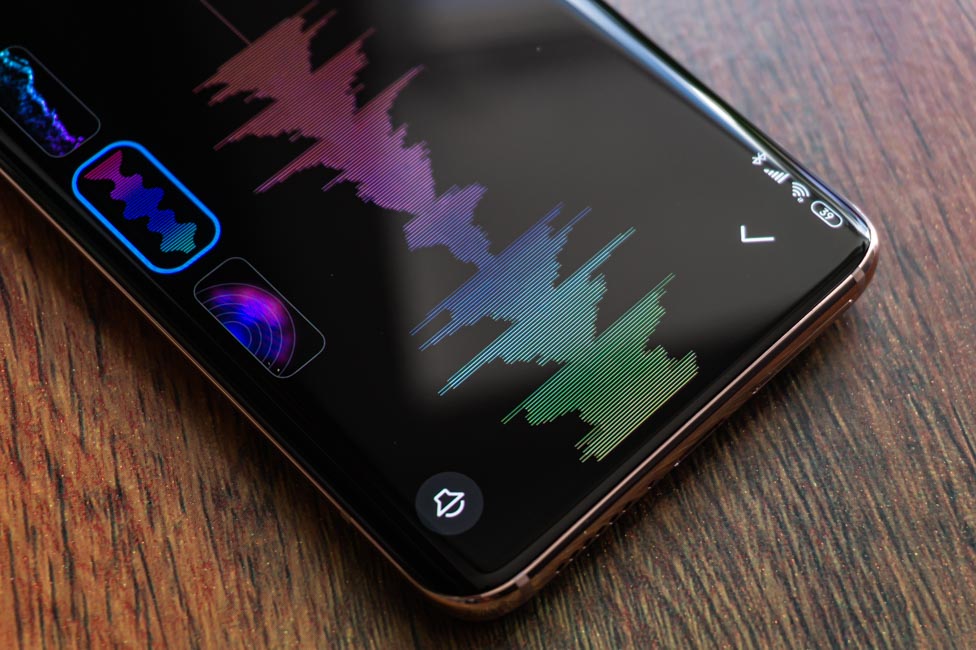
Verdict
Xiaomi Mi 10 Pro is a very good smartphone that has absorbed almost everything that was sometimes lacking in previous generations of the Mi lineup, and the number of issues has been minimized. There is a display with support for 90 Hz, stereo sound with pleasant vibration, powerful hardware and a large amount of memory, high-quality cameras for photos and videos, and even excellent battery life, coupled with the fast charging.
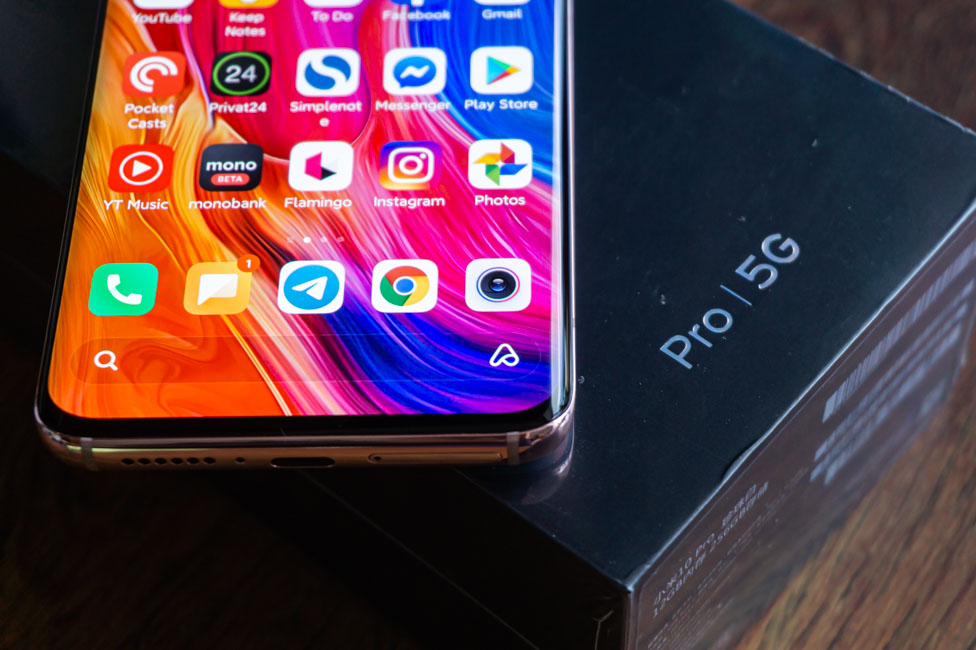
Did Xiaomi Mi 10 Pro manage to make the perfect flagship? I think no. Still there are a number of shortcomings, albeit not critical: there is no 3.5 mm, no microSD support, no moisture protection, mediocre zoom quality over 5x and a weak selfie camera. Nevertheless, I really liked the smartphone, and despite the increased price tag it did not get any worse, but approached the level of flagships from the big-name competitors.
Subscribe to our accounts:


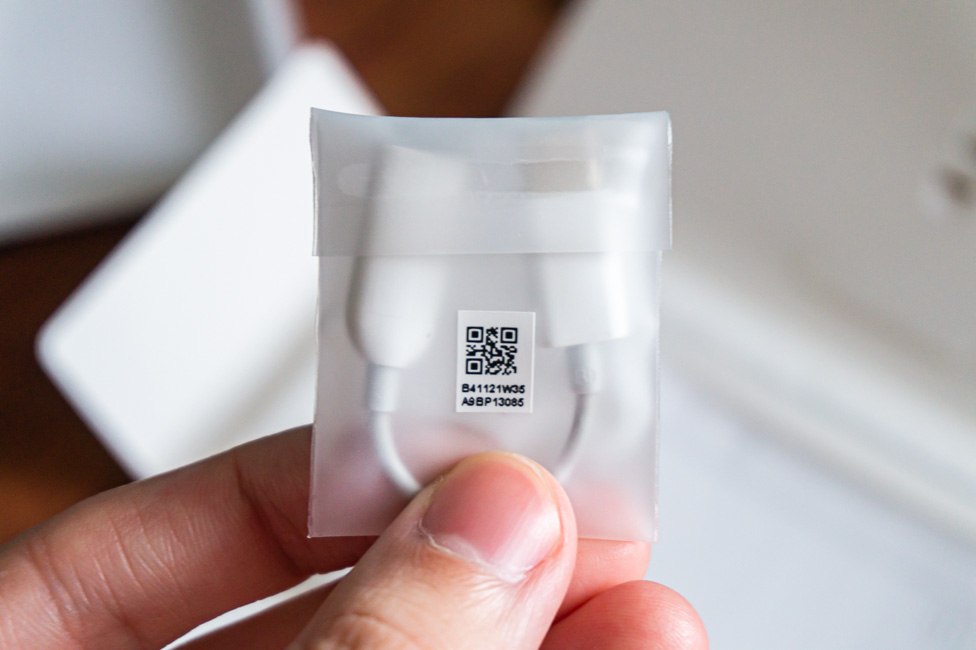
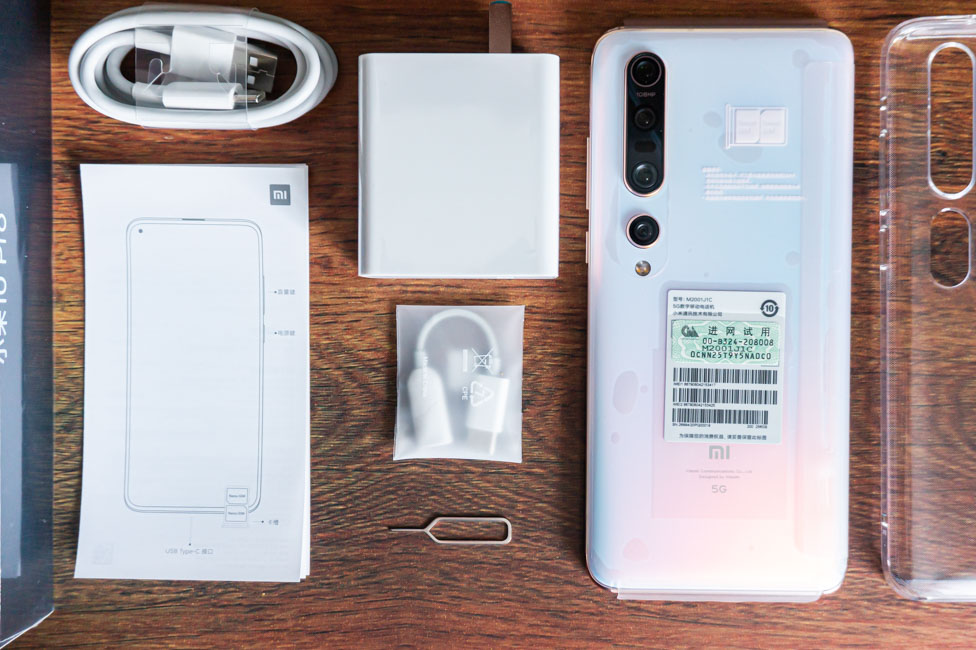
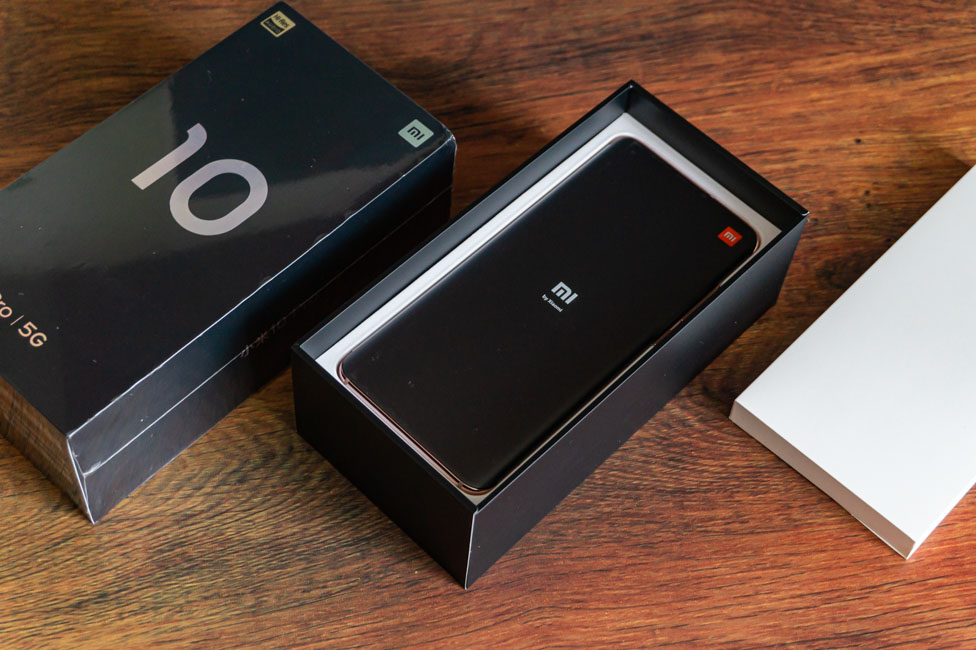

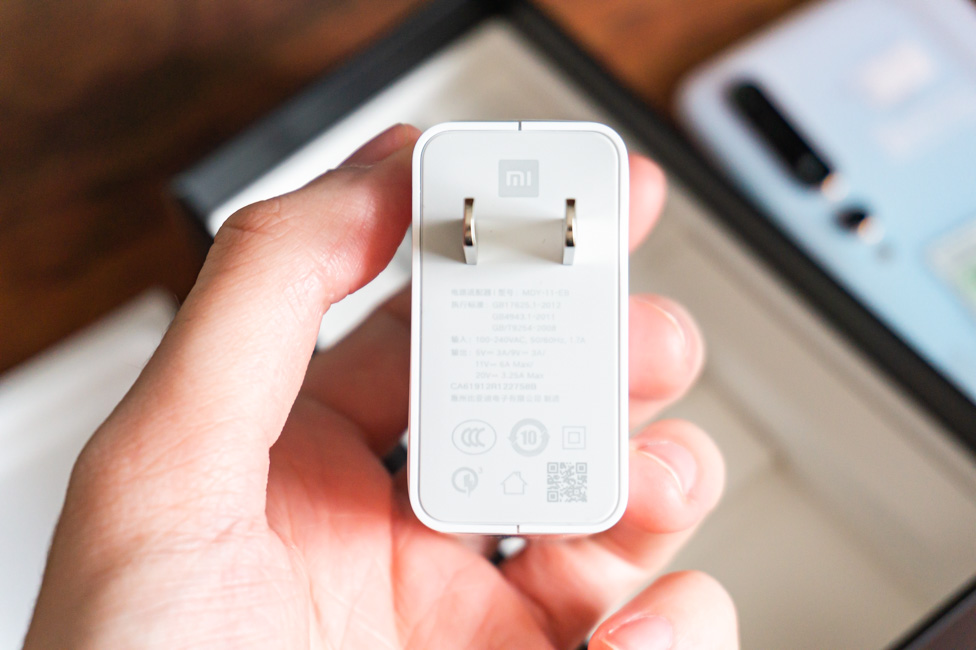
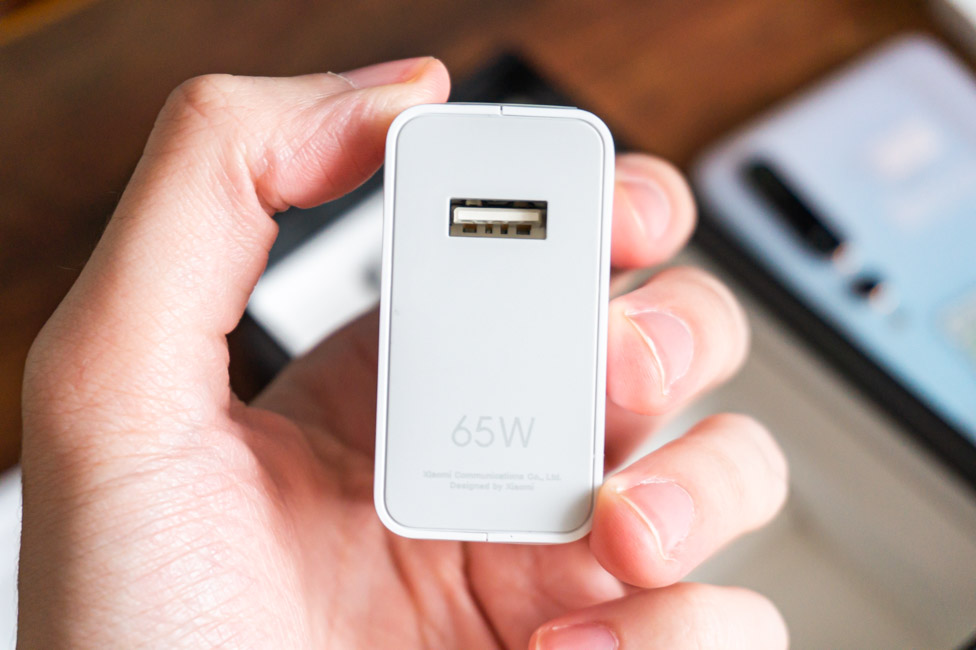
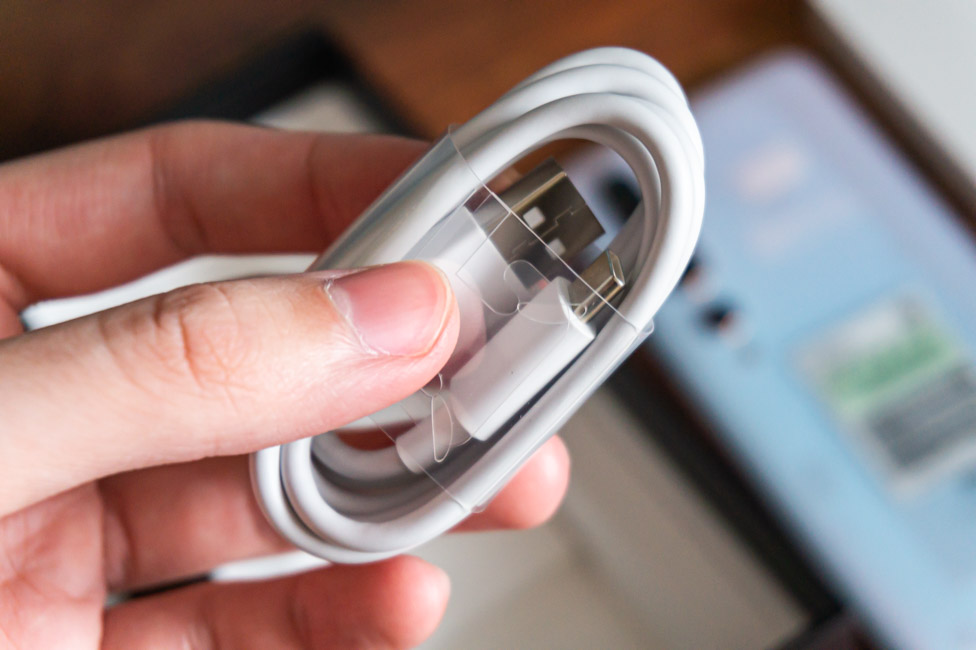

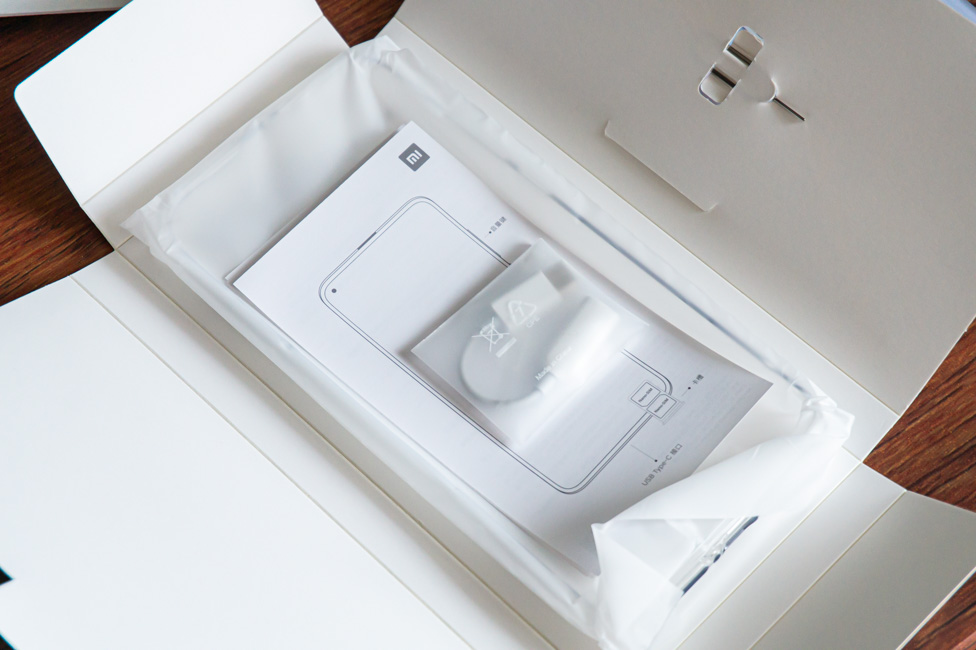
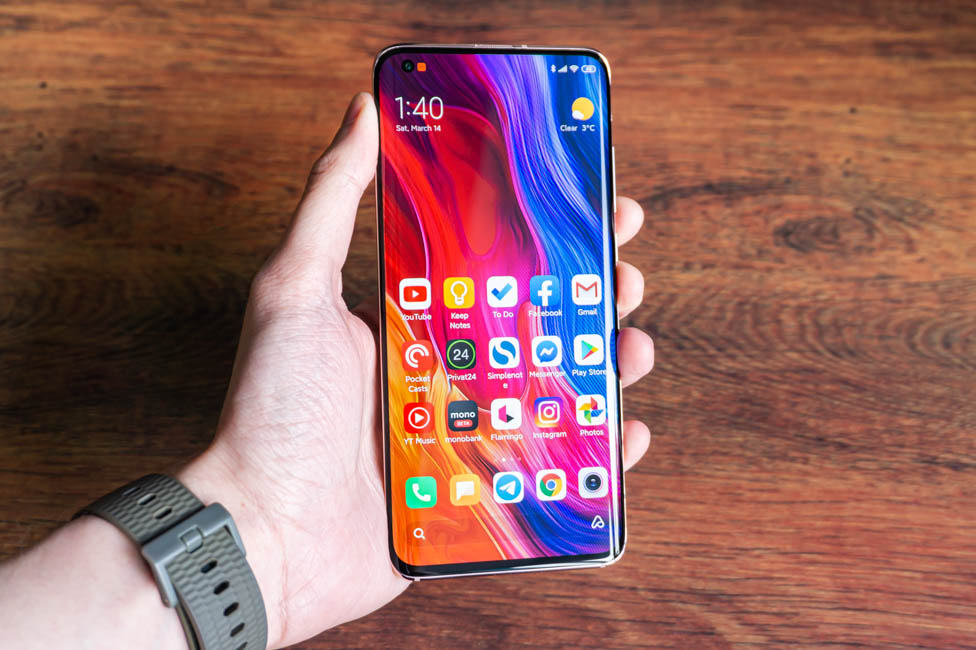
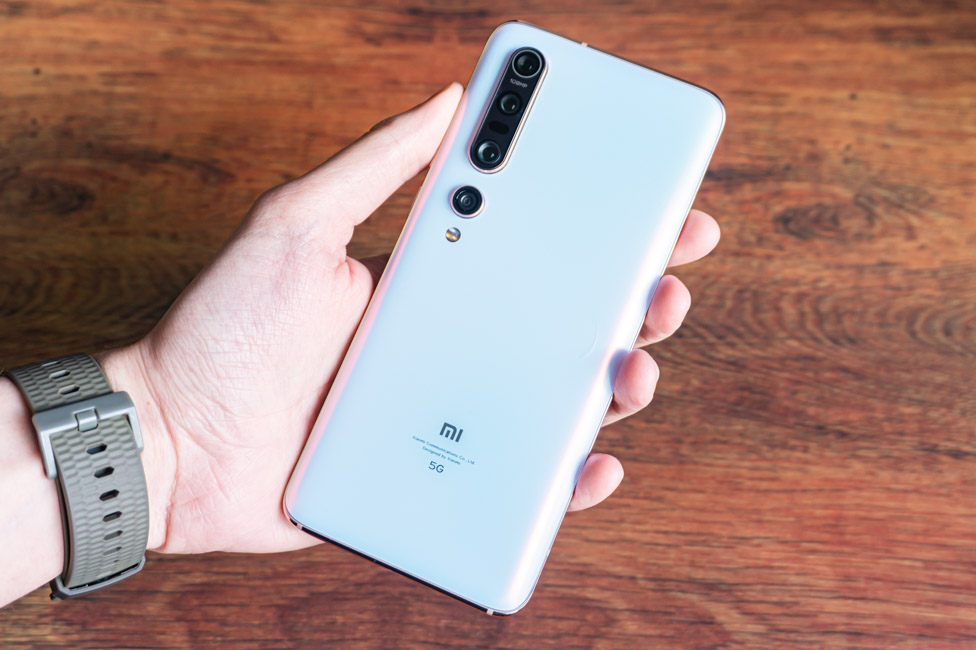
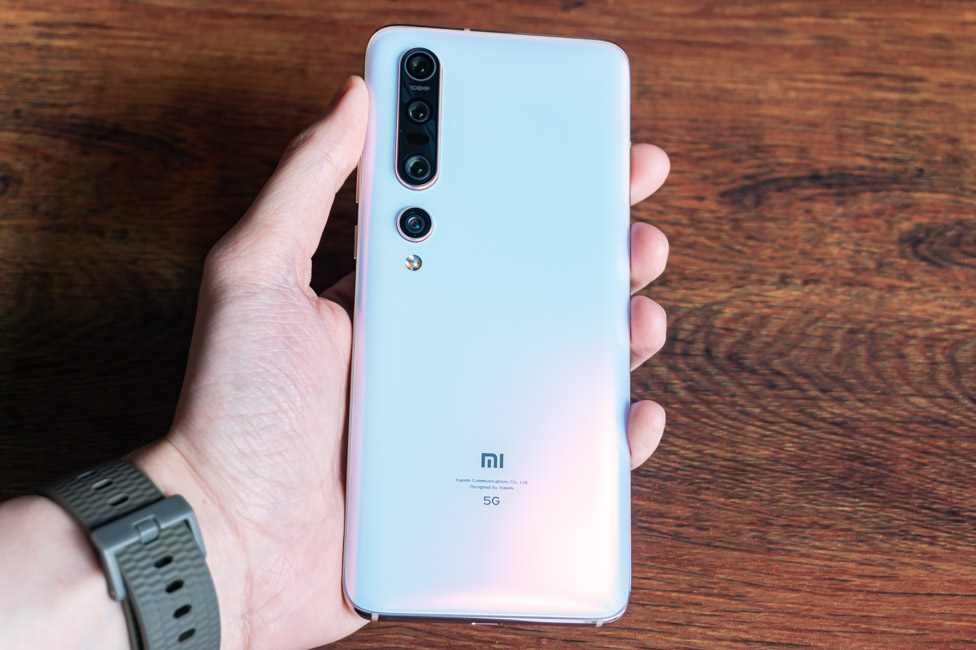
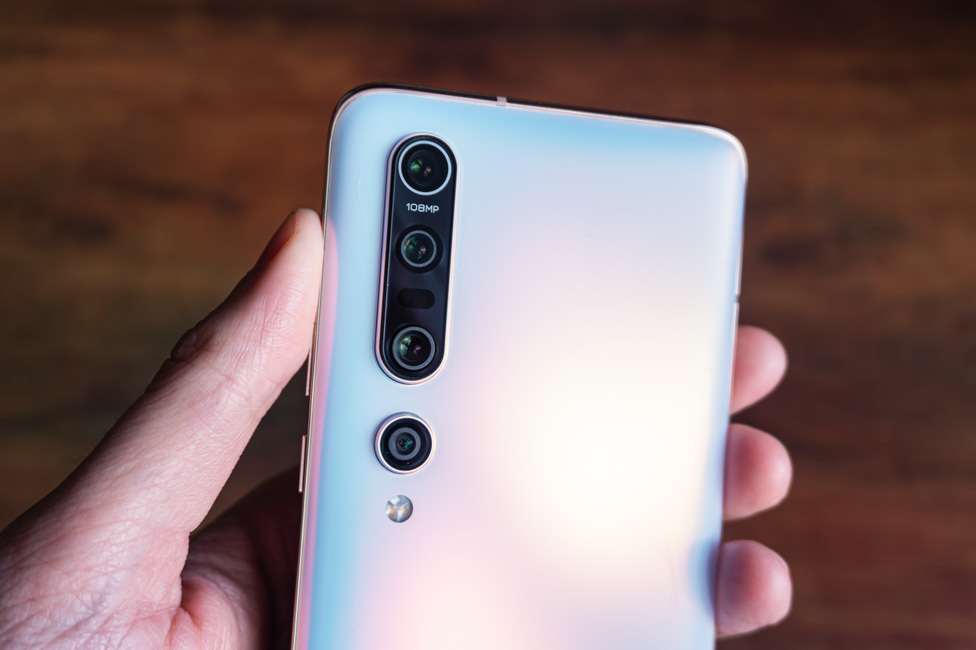
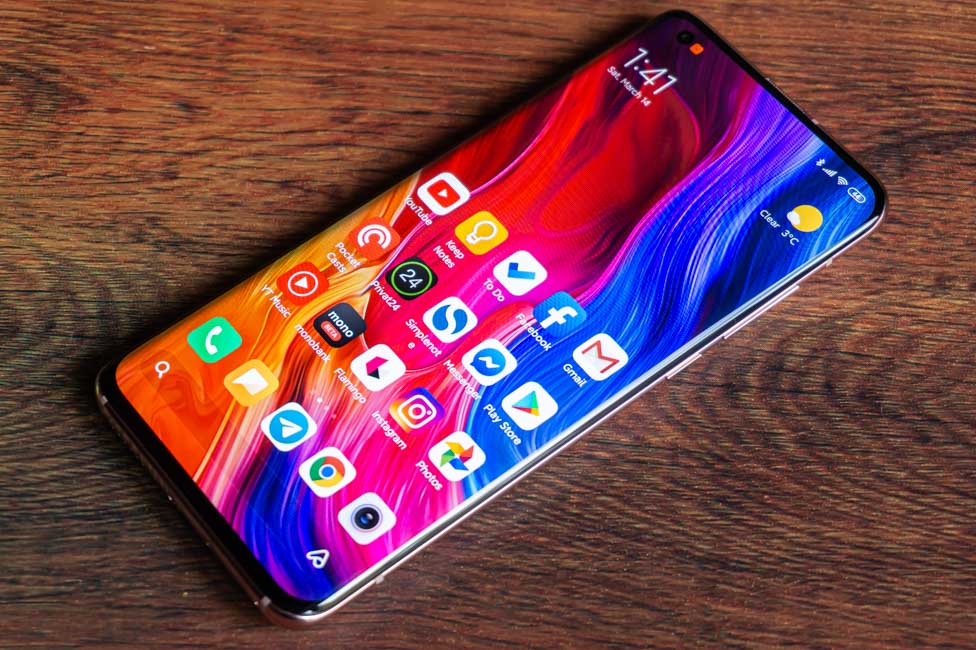
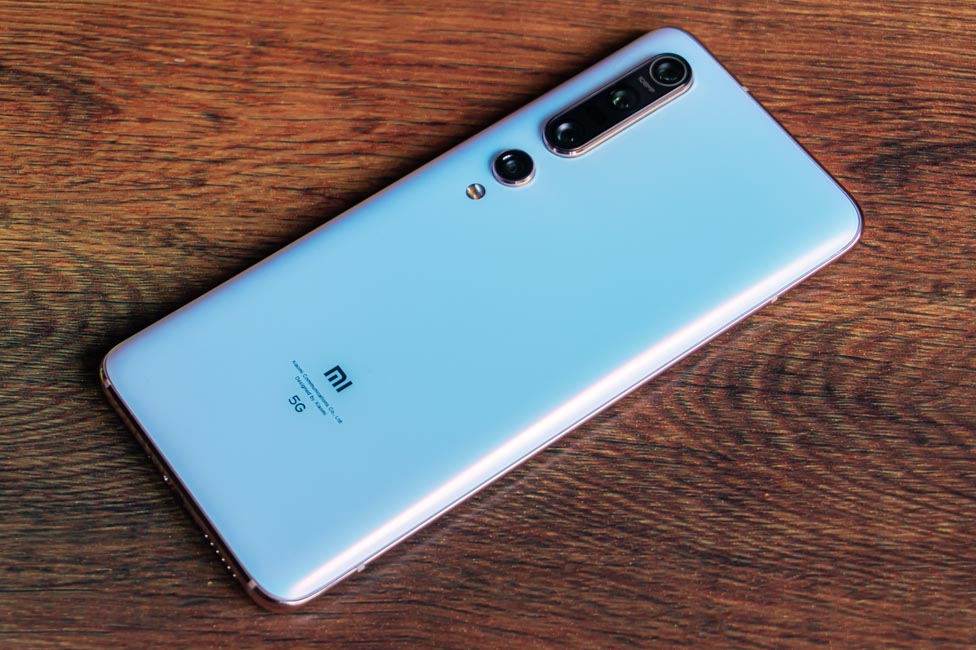

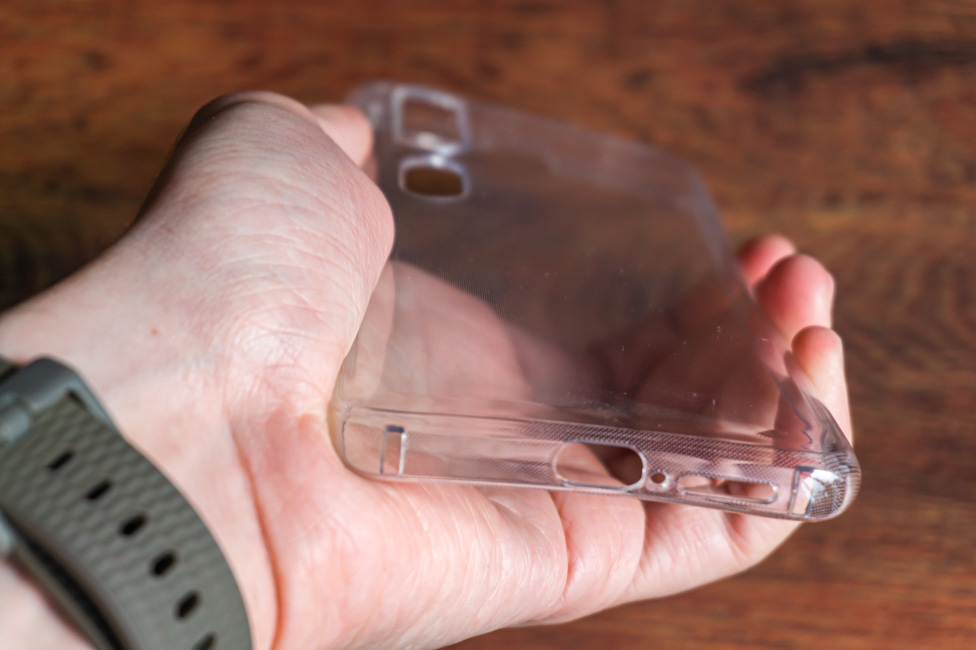
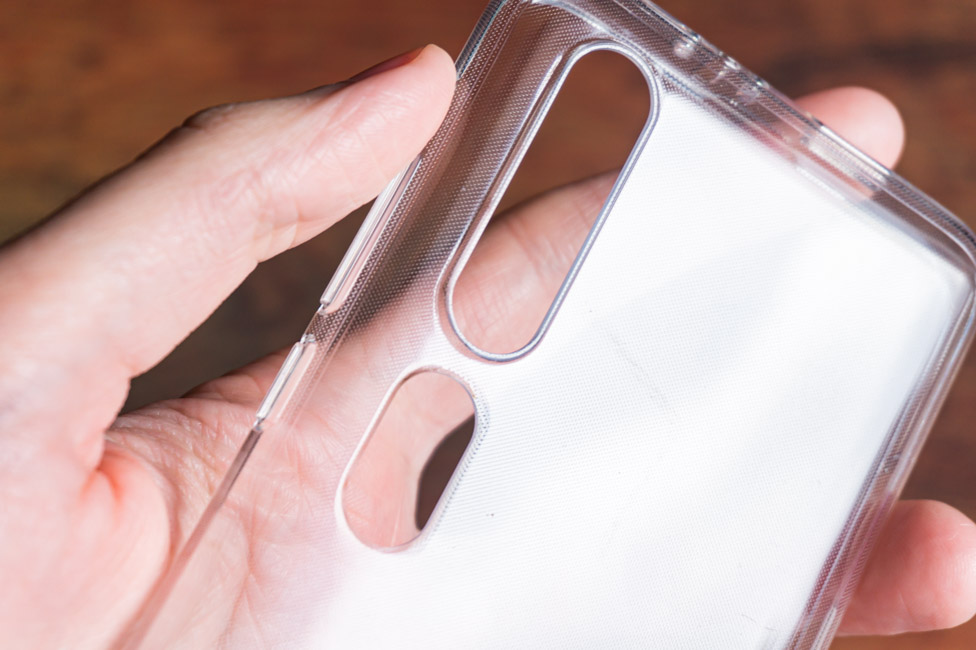
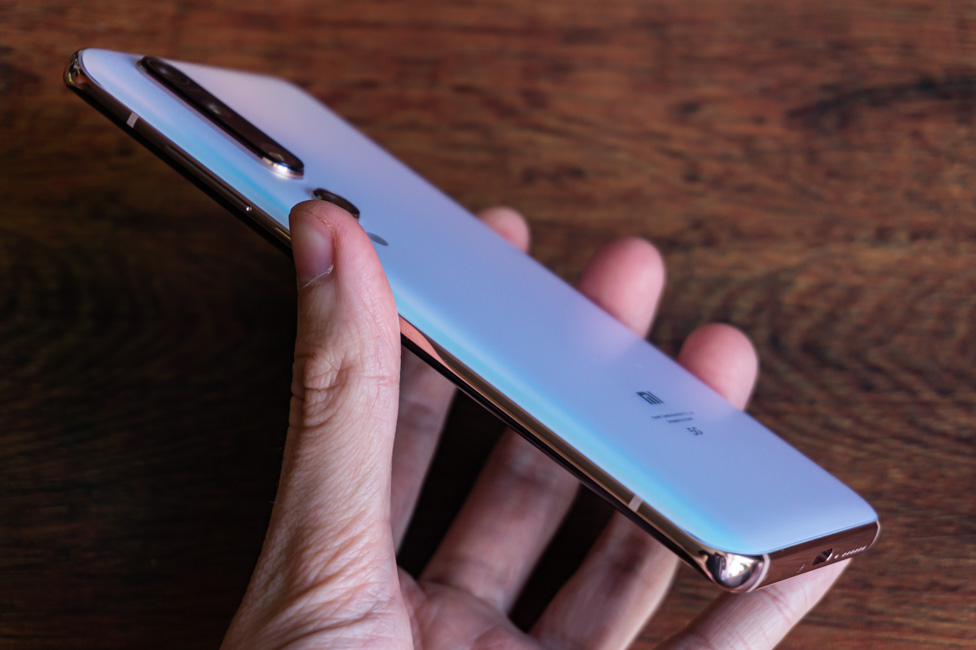
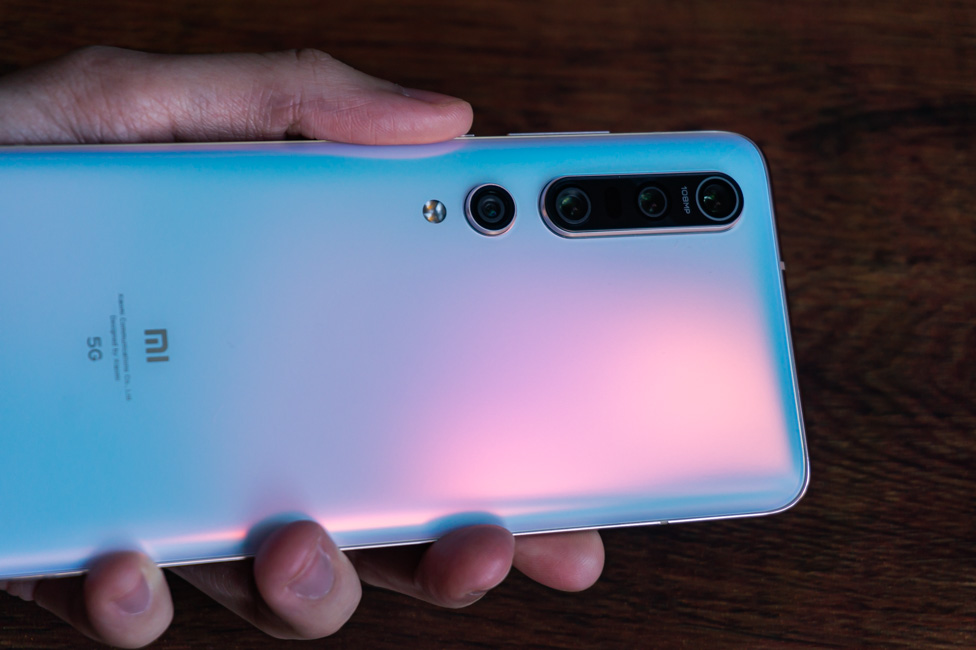
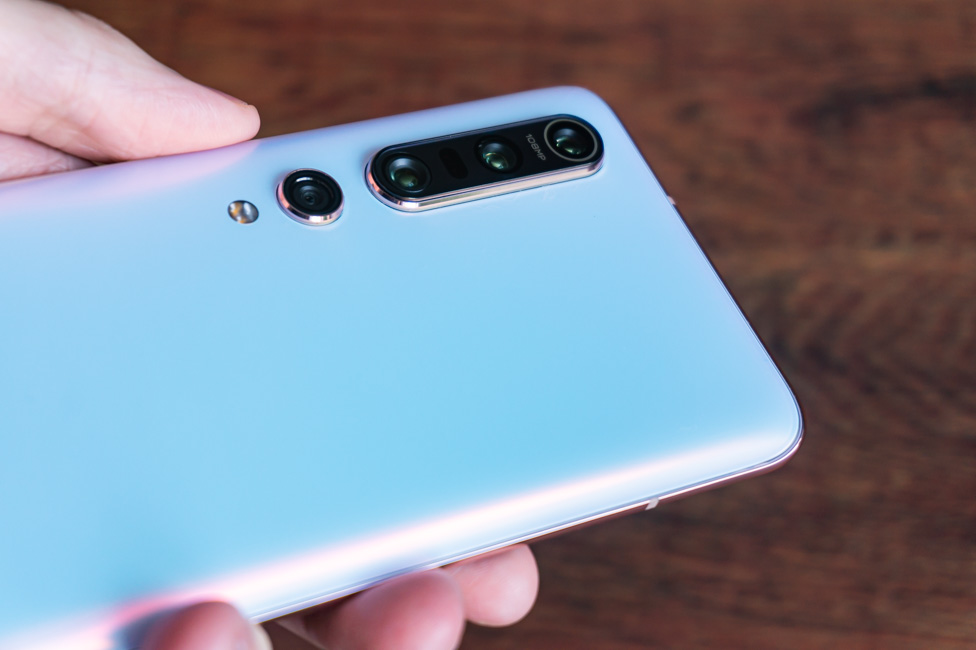
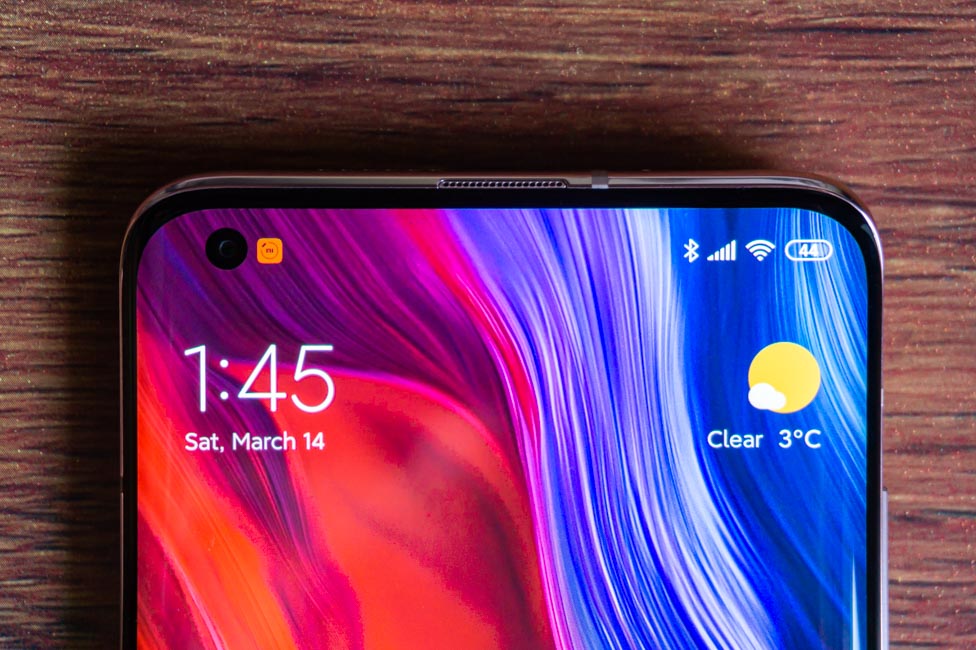
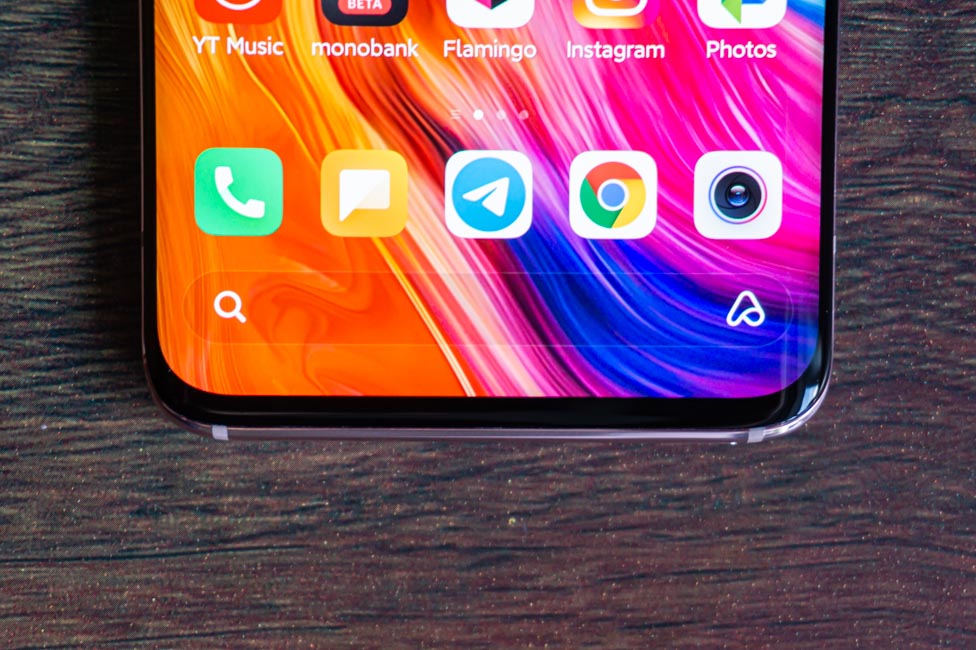
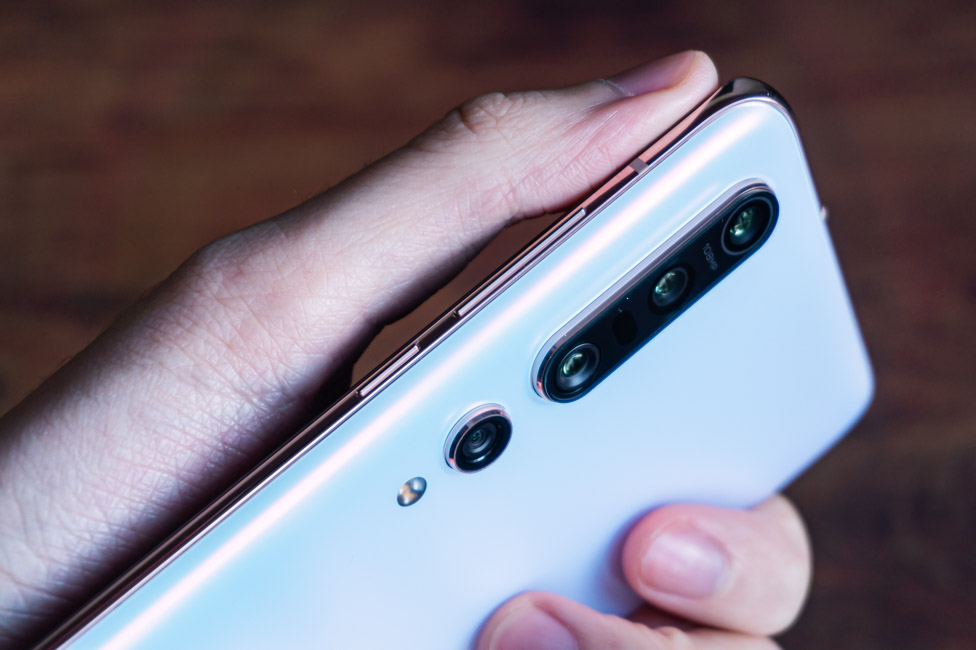
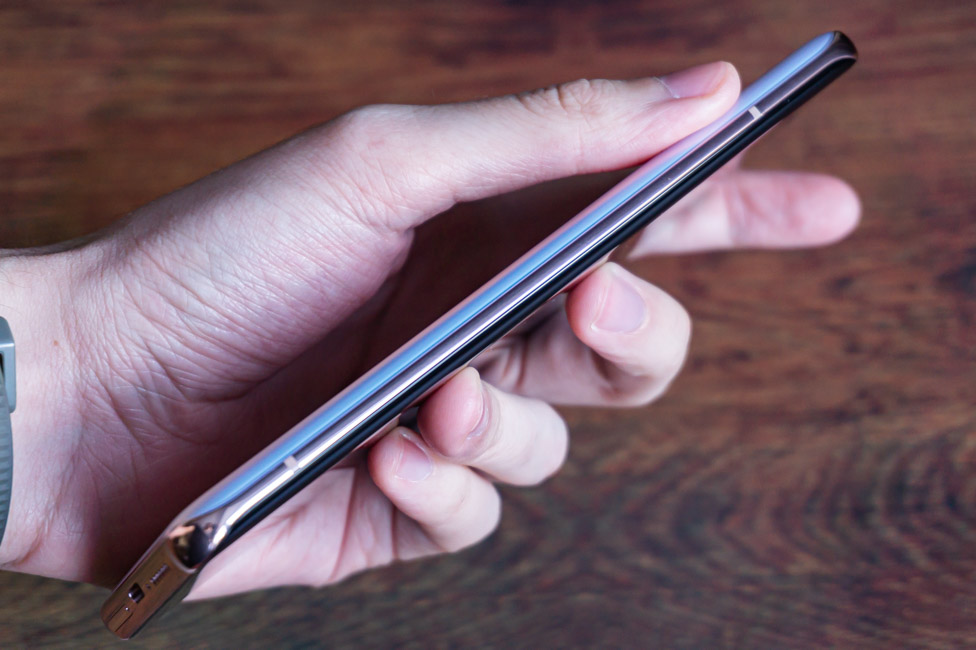

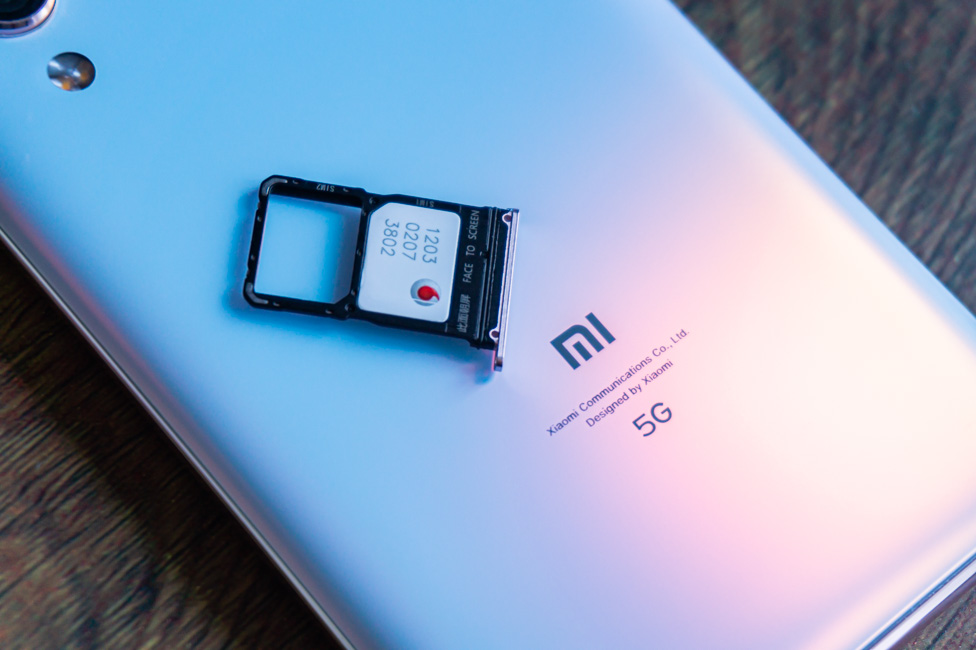
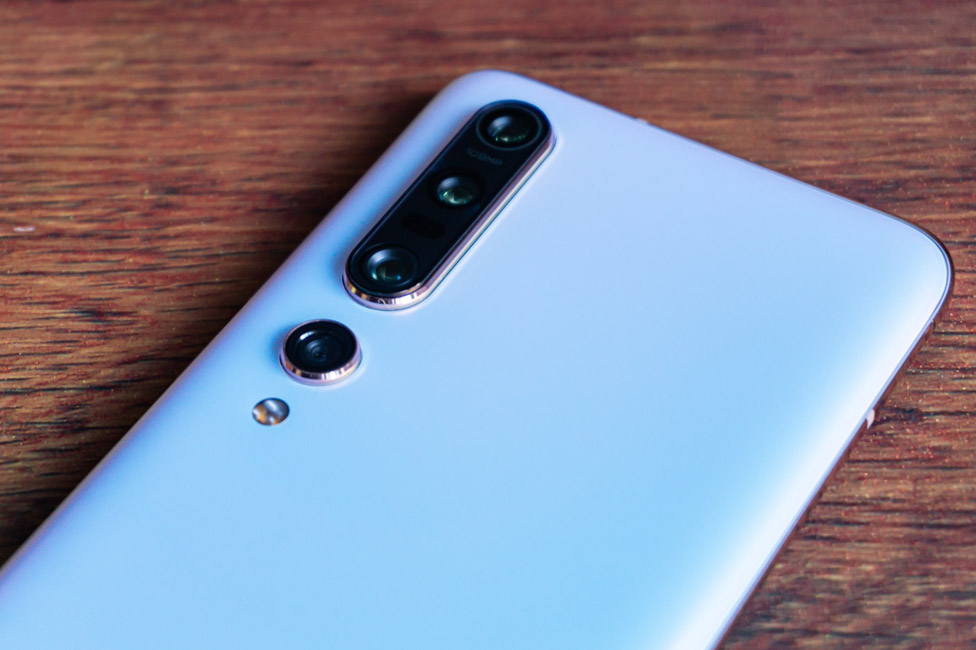
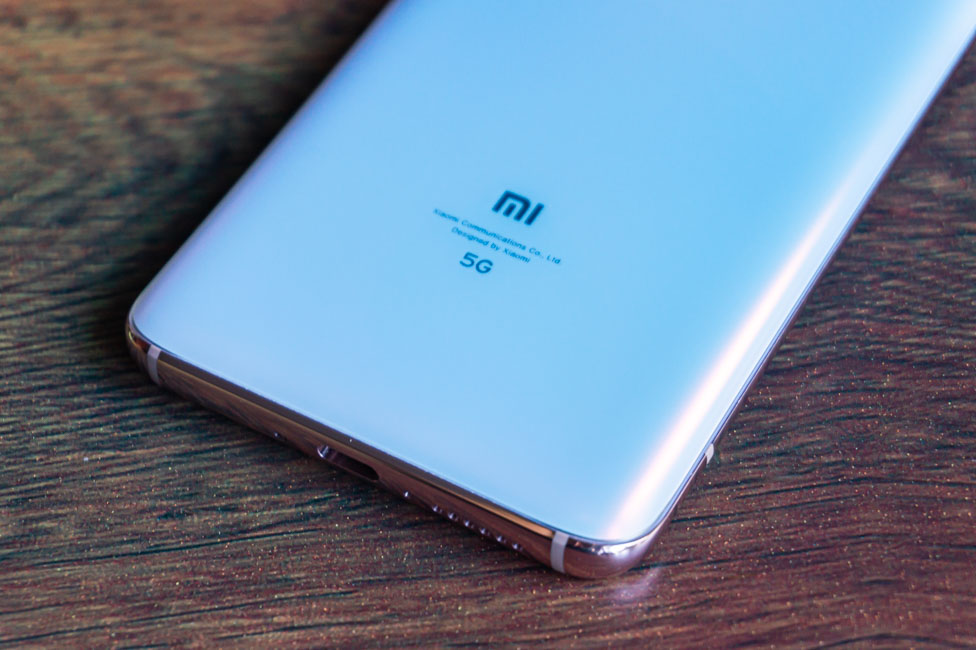
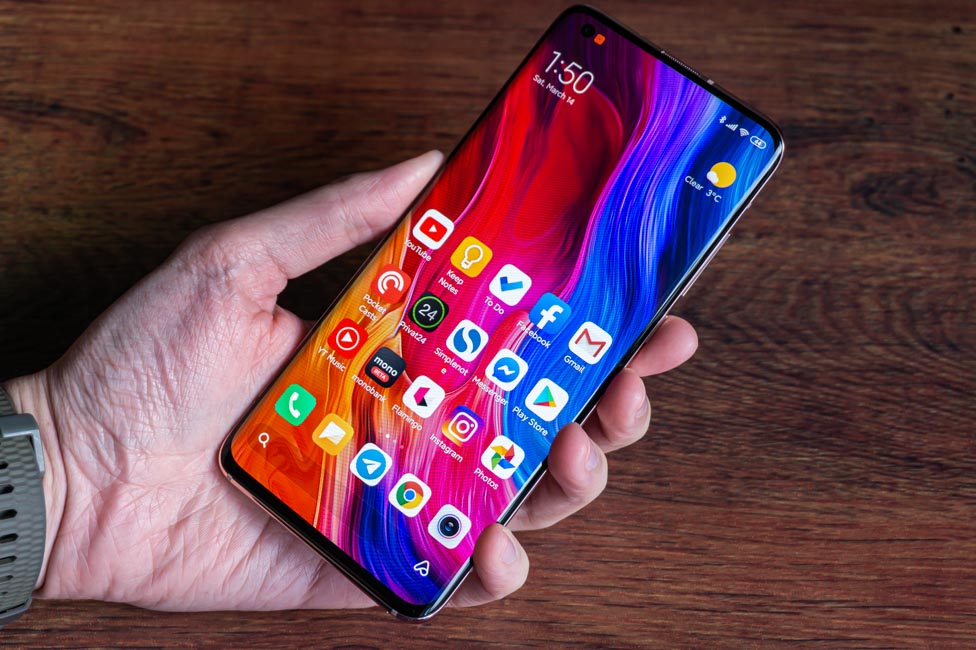
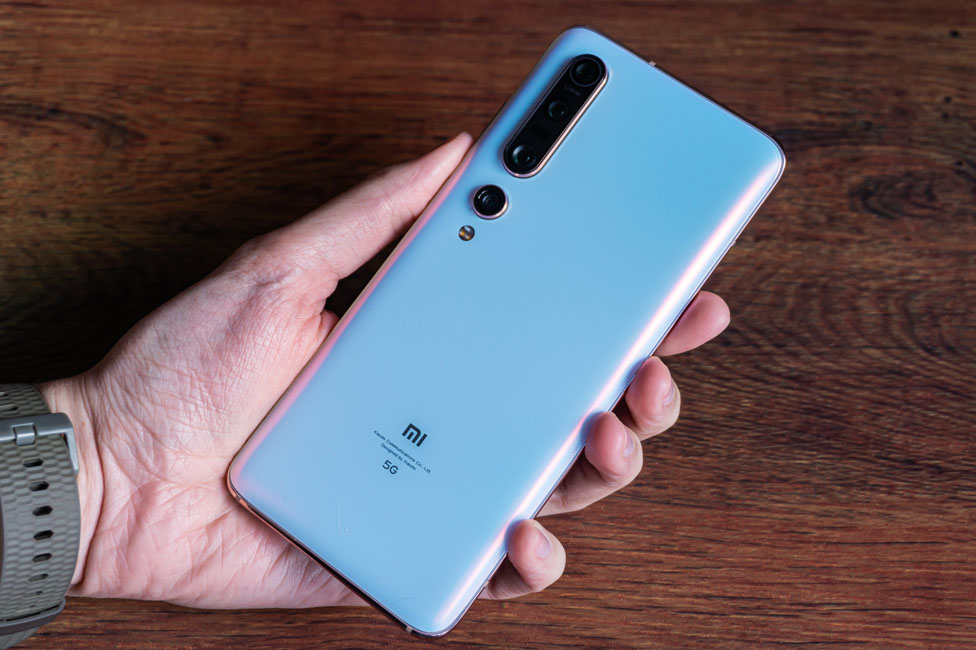
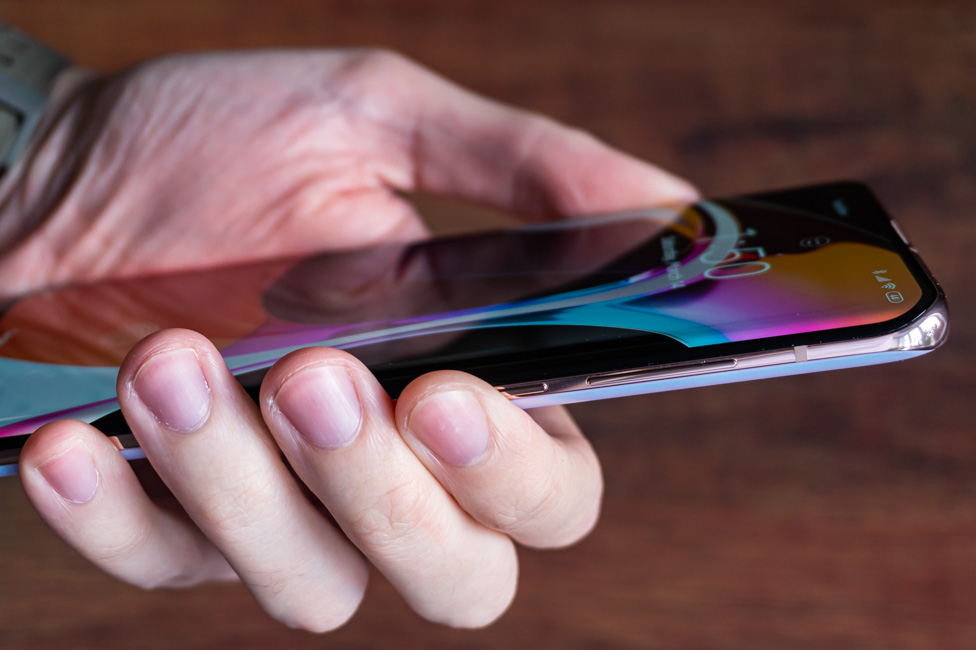
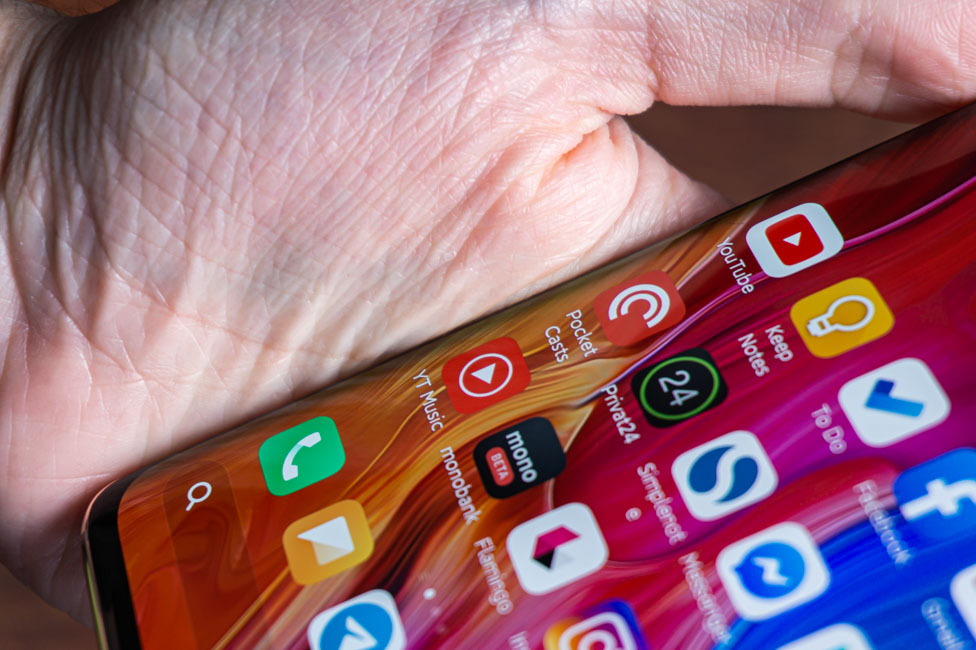

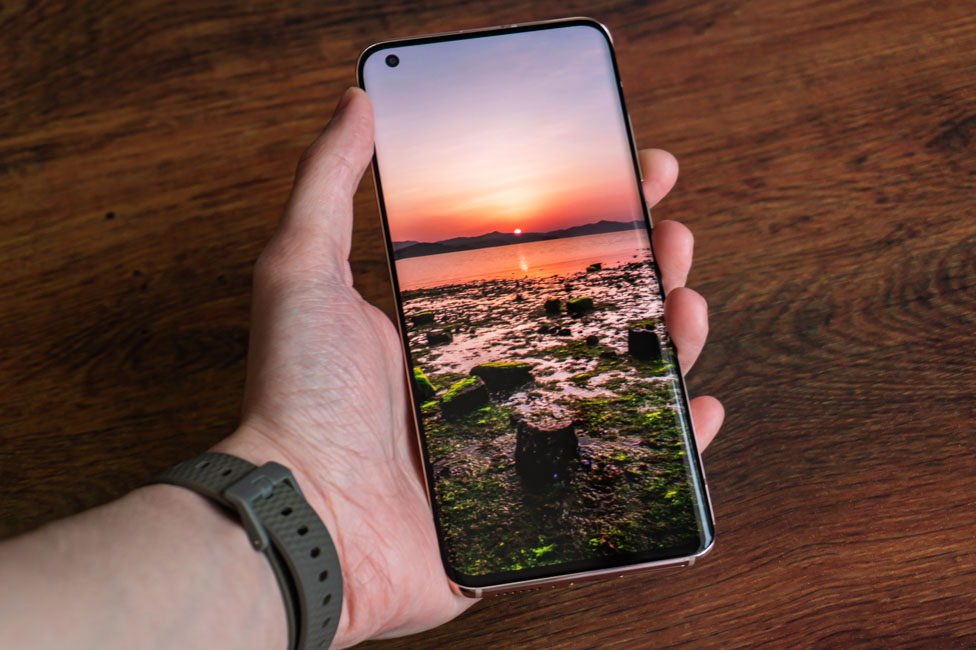
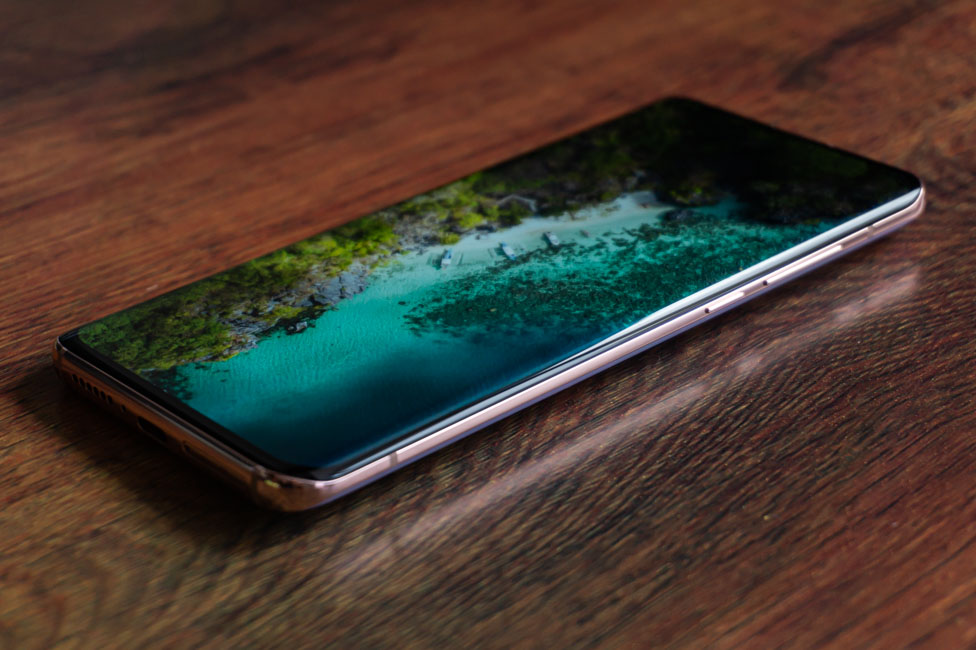
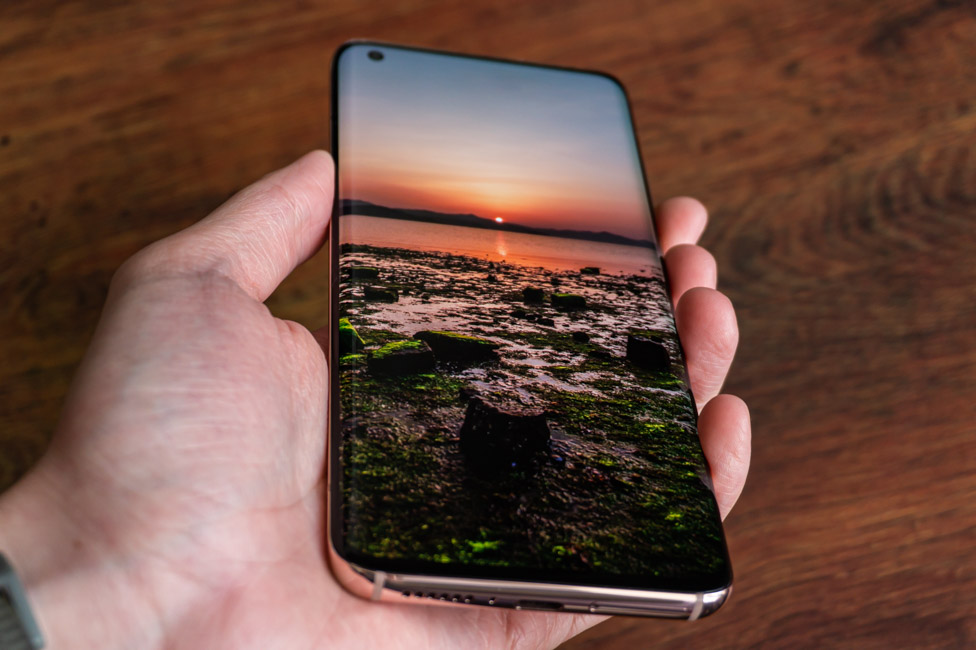
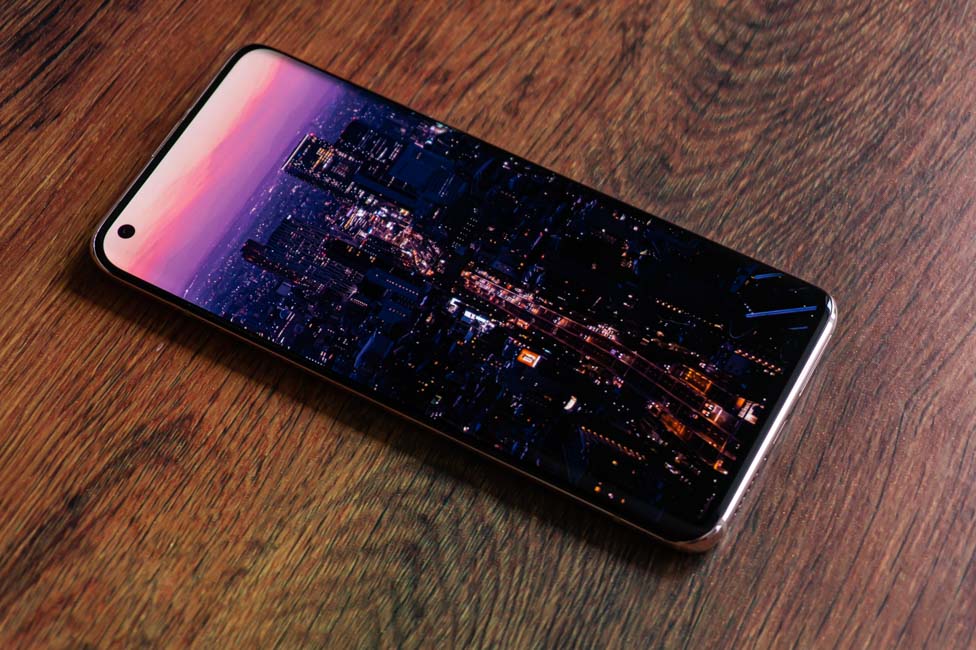

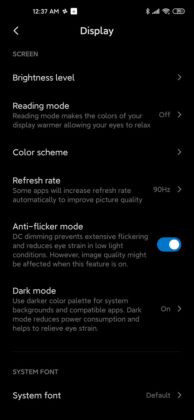
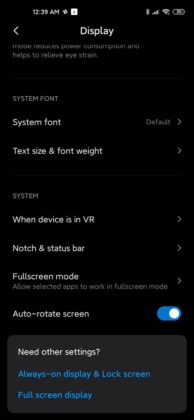
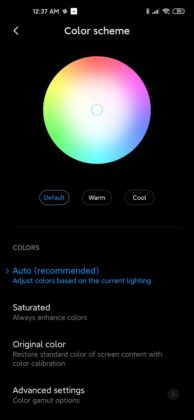





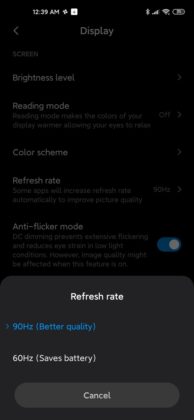
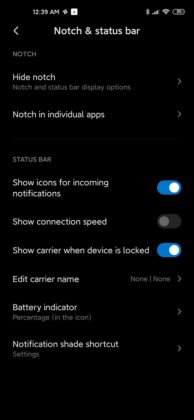
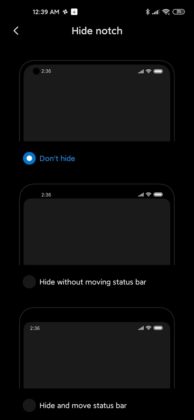
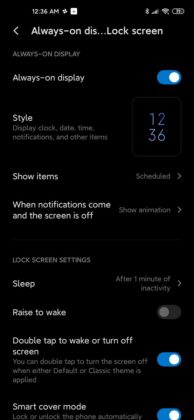

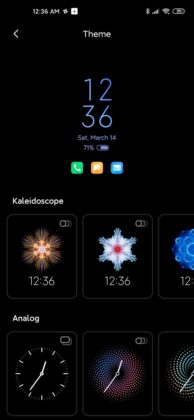
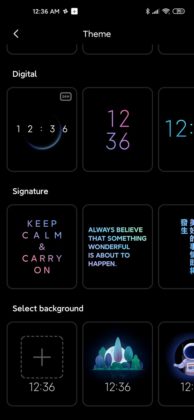
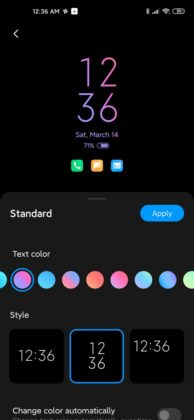
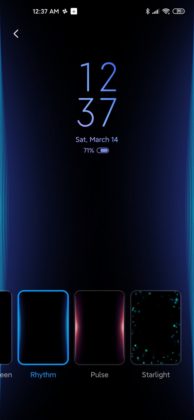
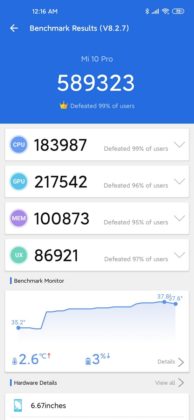
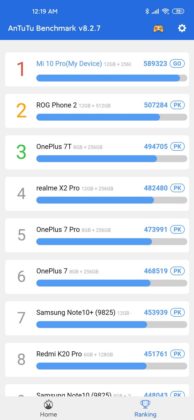







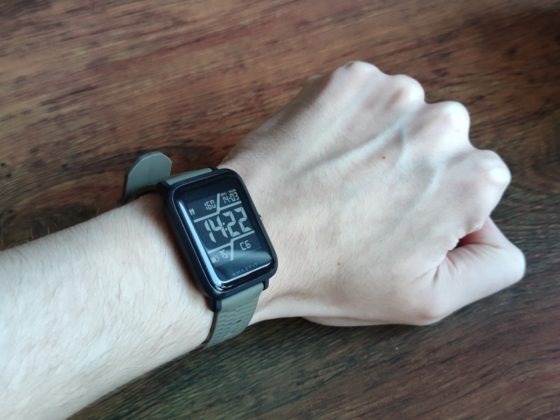

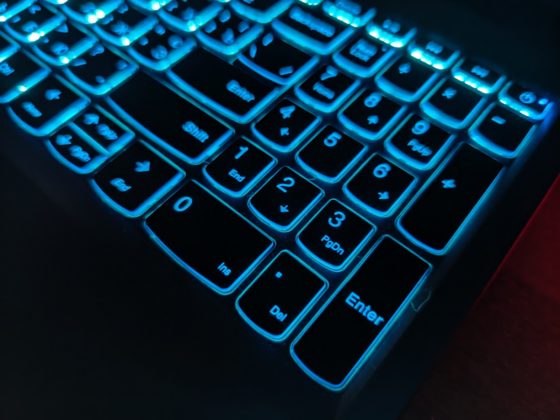

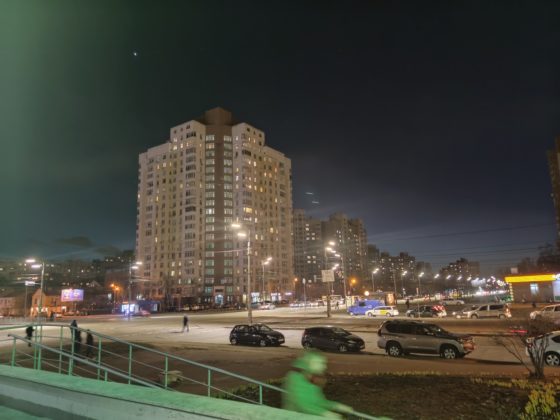





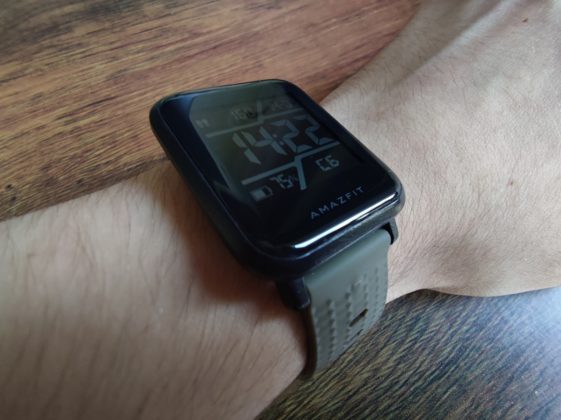
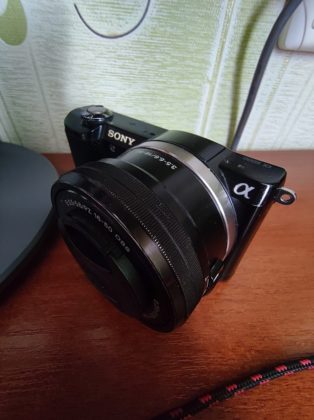

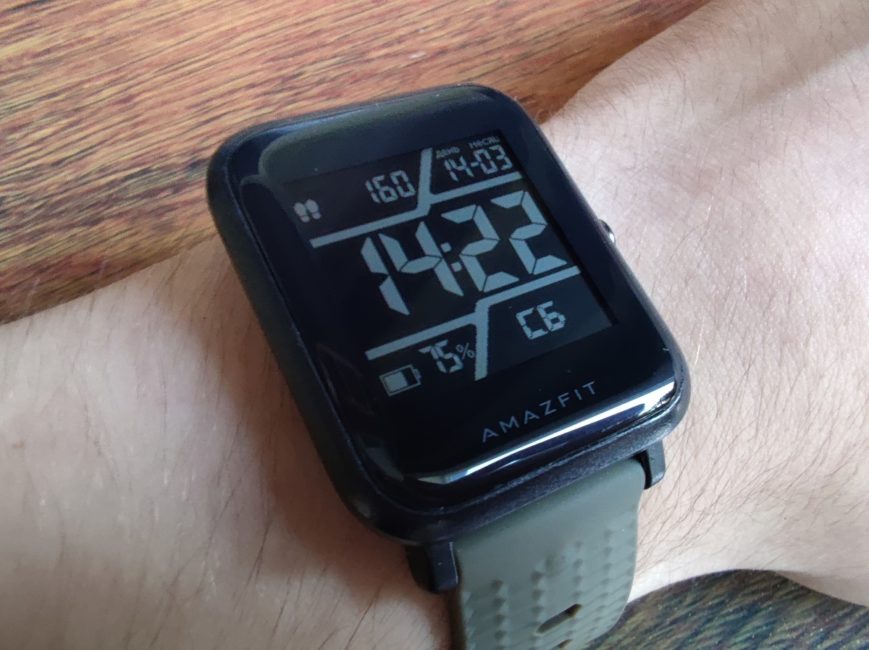
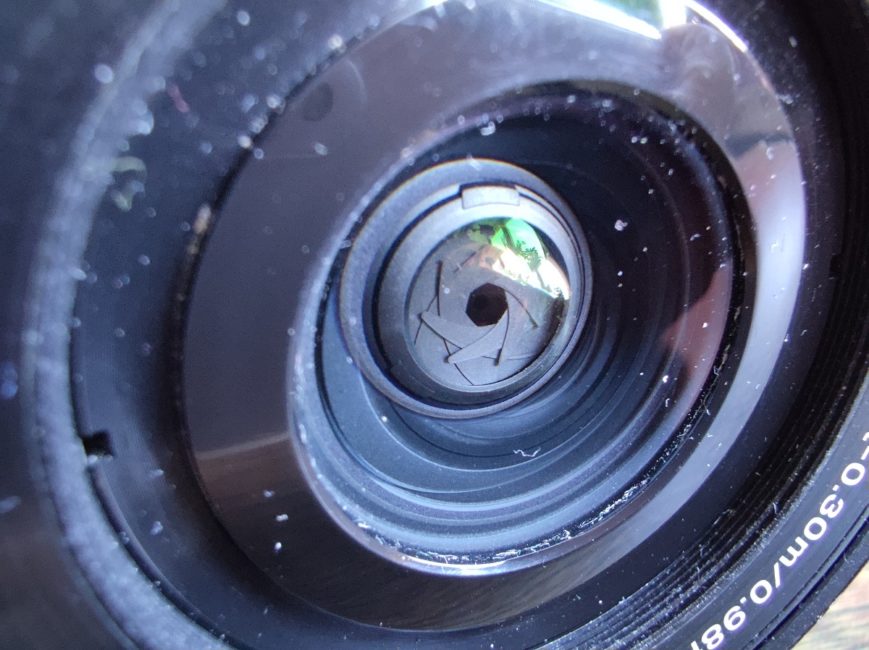

















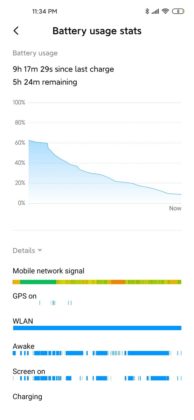
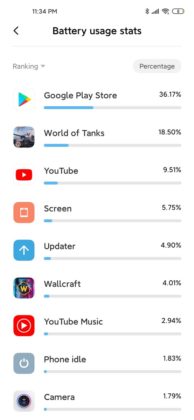

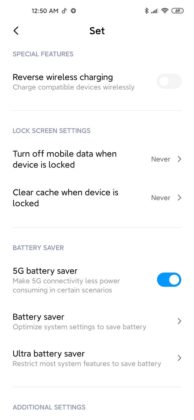
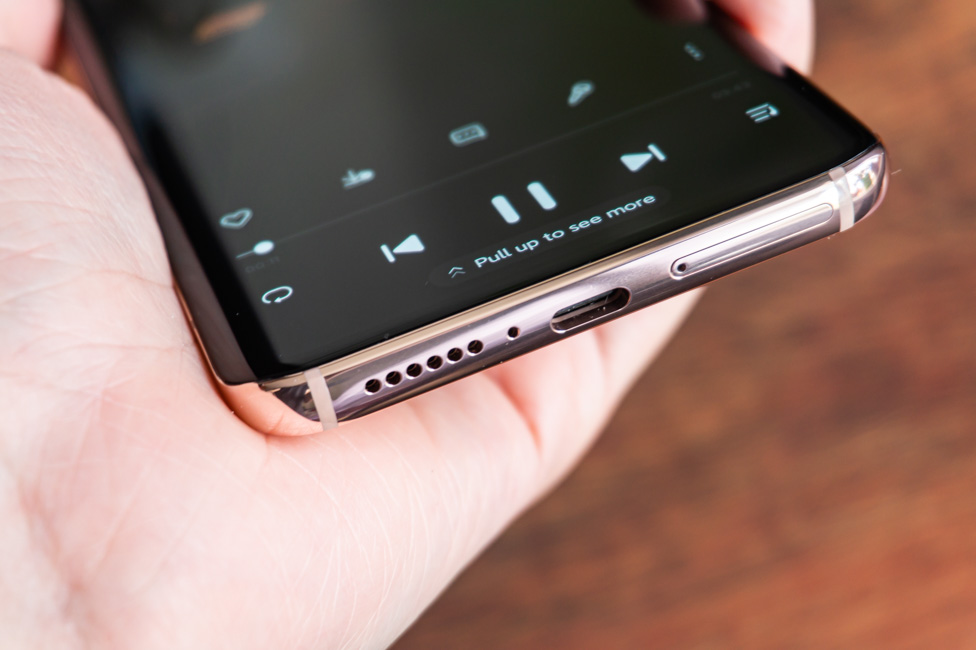
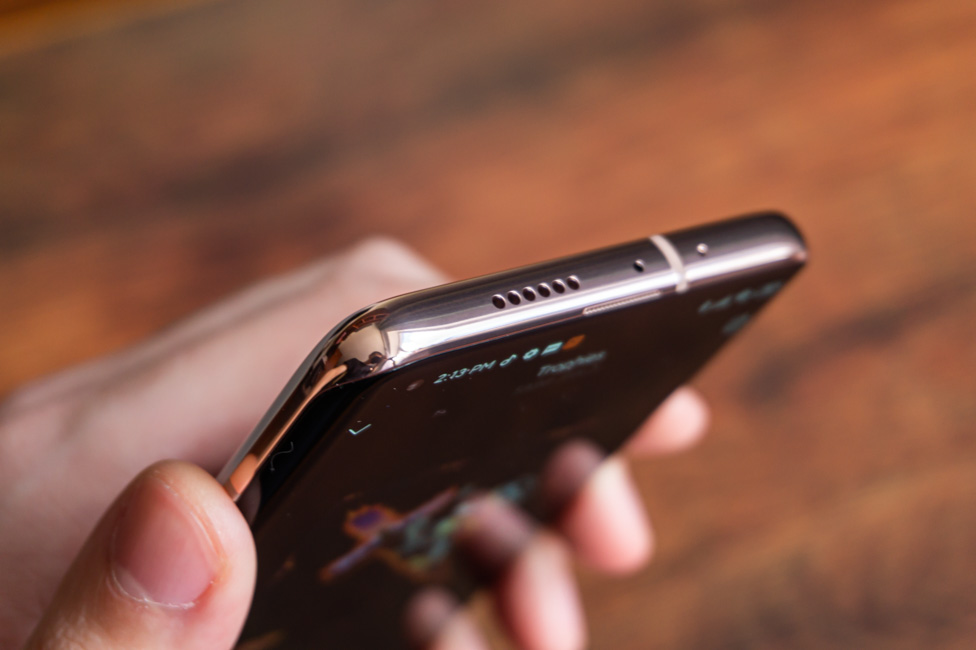
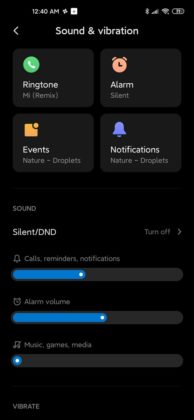
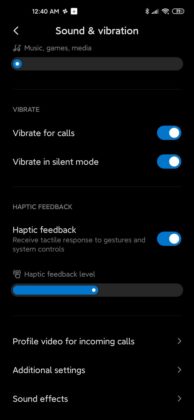

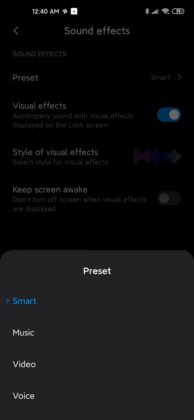


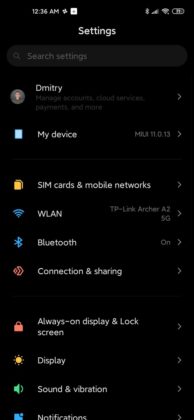
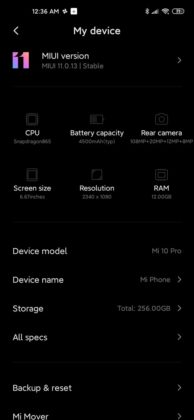
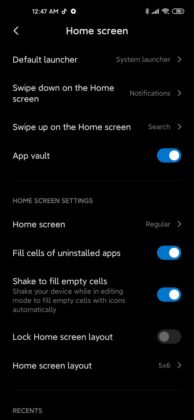


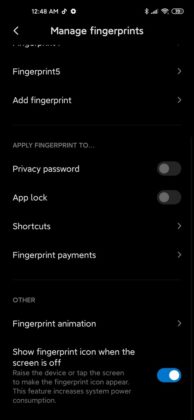


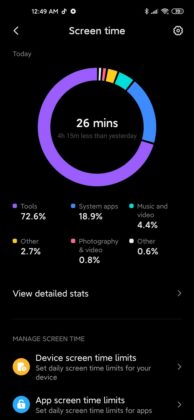
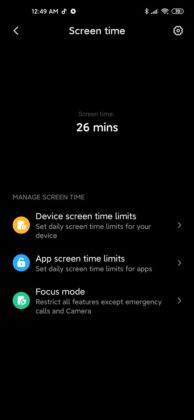

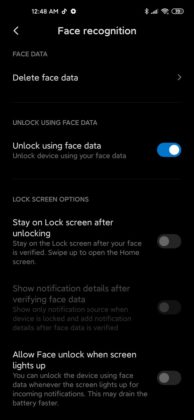



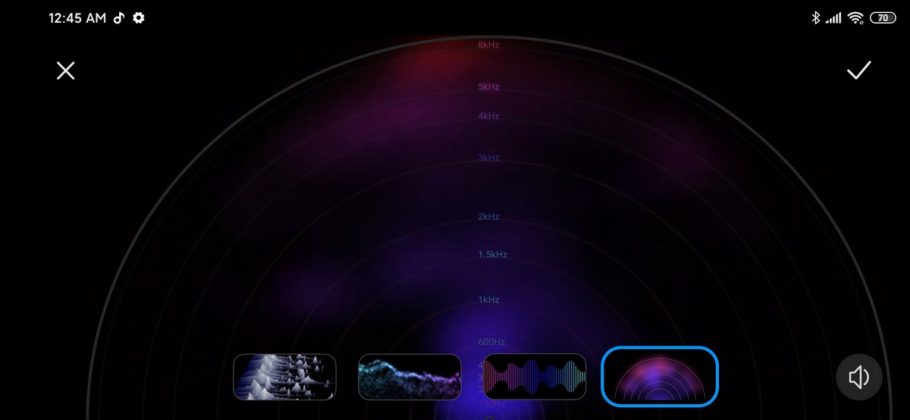


Thanks for the valuable information. Some of them were unknown. Keep your article flooded with such true information